
A series of high technologies and strong digital transformation are being applied in our country's agricultural sector, creating positive changes and future development. This is considered an inevitable trend to help agricultural production develop remarkably, thereby changing the picture of the country's agriculture.
Vietnam is a developing country, agriculture still plays an important role in the economy. However, the explosion of information technology; the process of international integration requires higher quality agricultural products; along with the shrinking land area due to urbanization, climate change while the population increases, the demand for food is constantly increasing... are huge challenges for agricultural production.
Solving these problems, according to experts, developing high-tech agriculture is an inevitable trend, the answer to the development of the country's agriculture. High-tech agriculture is an agriculture that reasonably applies new, advanced technologies to production to improve efficiency, create breakthroughs in productivity and quality of agricultural products, satisfy the increasing needs of society and ensure sustainable agricultural development.
Developing high-tech agriculture and innovating science and technology are considered one of the key and central solutions. Applying science and technology to solve challenges in agricultural development with the advantages of technologies such as biotechnology, greenhouse technology, drip irrigation technology, sensor technology, automation, Internet of Things, etc. helps agricultural production save costs, increase productivity, reduce prices and improve the quality of agricultural products, and protect the environment. On the other hand, high-tech agriculture helps farmers be proactive in production, overcome seasonality, reduce dependence on weather and climate, and meet market demand for quality agricultural products.
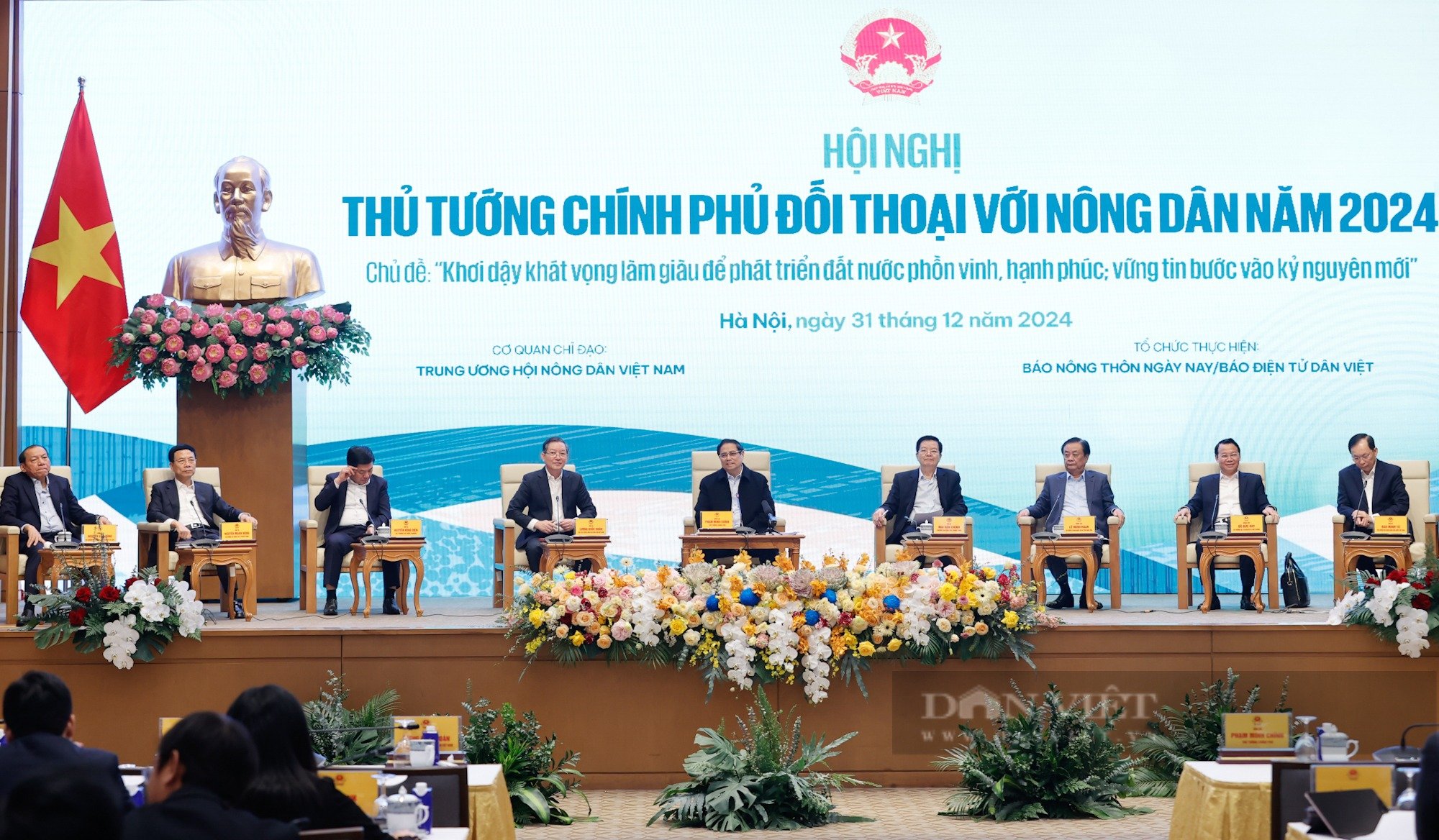
At the end of December 2024, the Prime Minister's Dialogue with Farmers 2024 took place. The Prime Minister emphasized that Vietnam's agriculture needs to undergo strong digital transformation, continue to be a bright spot, develop stably, clearly demonstrate its role as a pillar of the economy, and ensure adequate supply of food, foodstuffs, and essential goods for domestic consumption and export. Previously, in a working session with the Ministry of Agriculture and Rural Development, Prime Minister Pham Minh Chinh assigned the task that in 2025, the agricultural sector must accelerate and grow by 3.5% -4%.
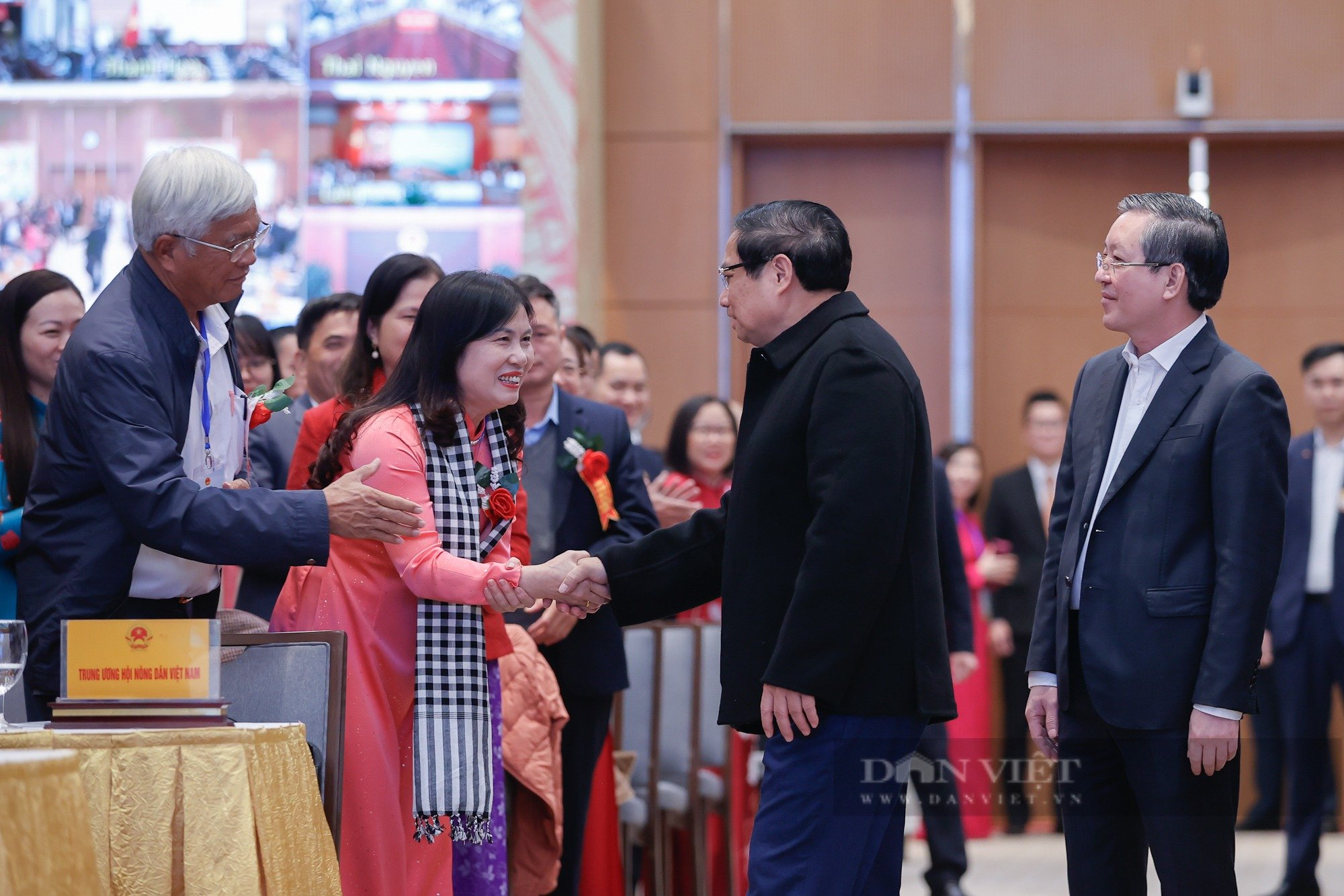
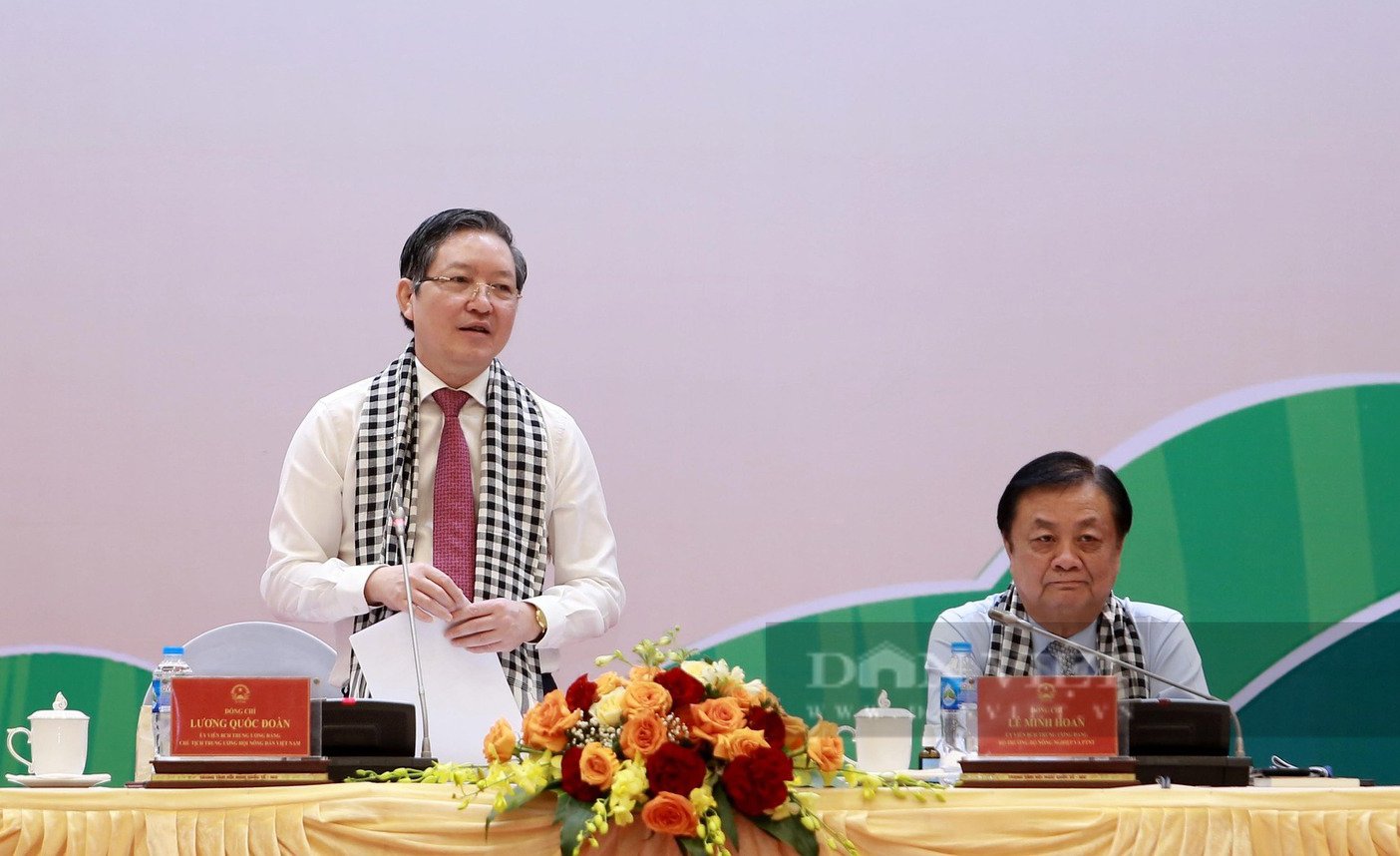
Agriculture - farmers - rural areas have always received attention from Party and Government leaders at all levels, ministries and branches, creating strong conditions to promote development. A series of programs such as the Prime Minister's Dialogue with Farmers 2024, the National Farmers' Forum... have been organized, receiving support from farmers, businesses, managers...
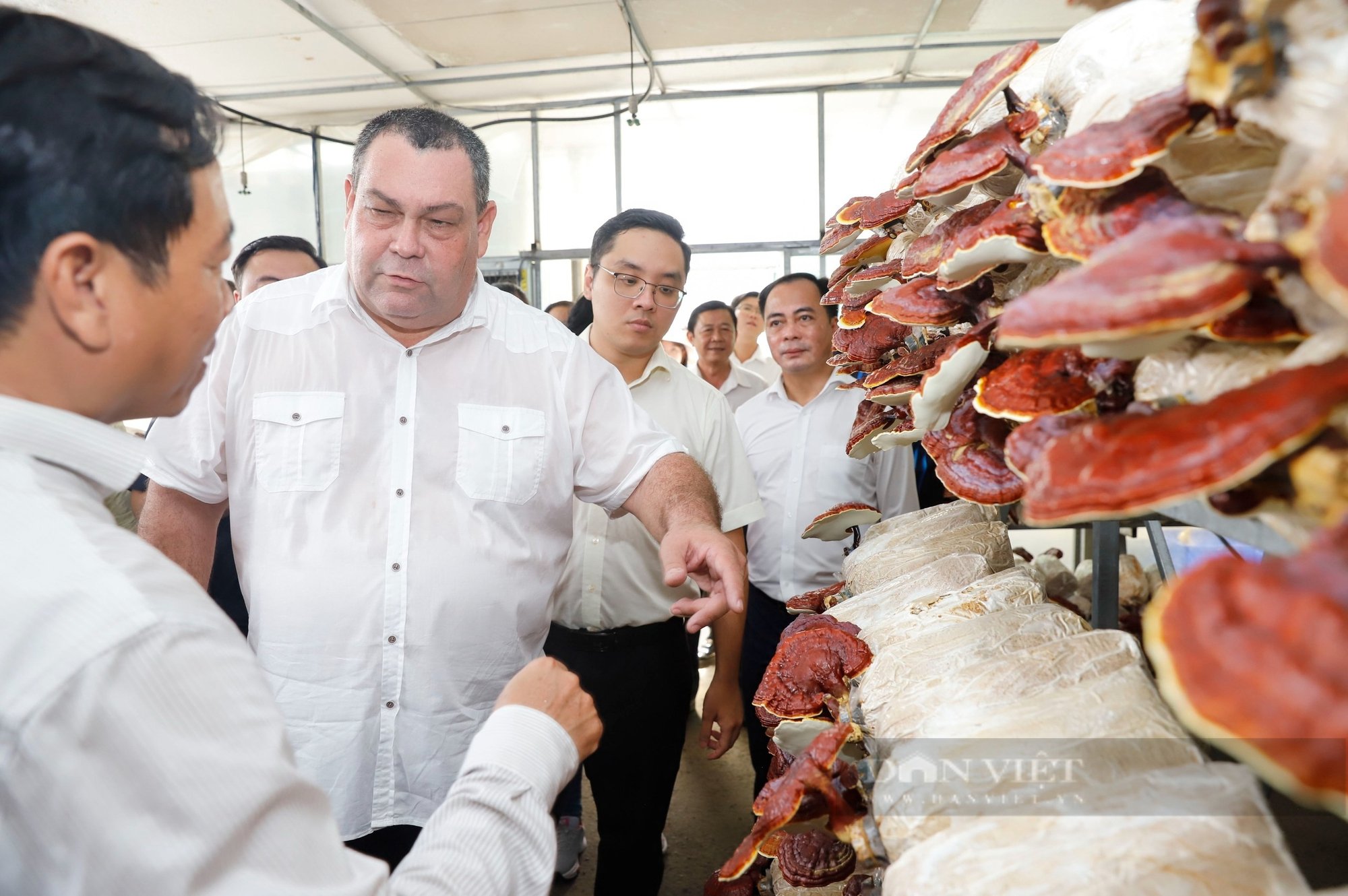
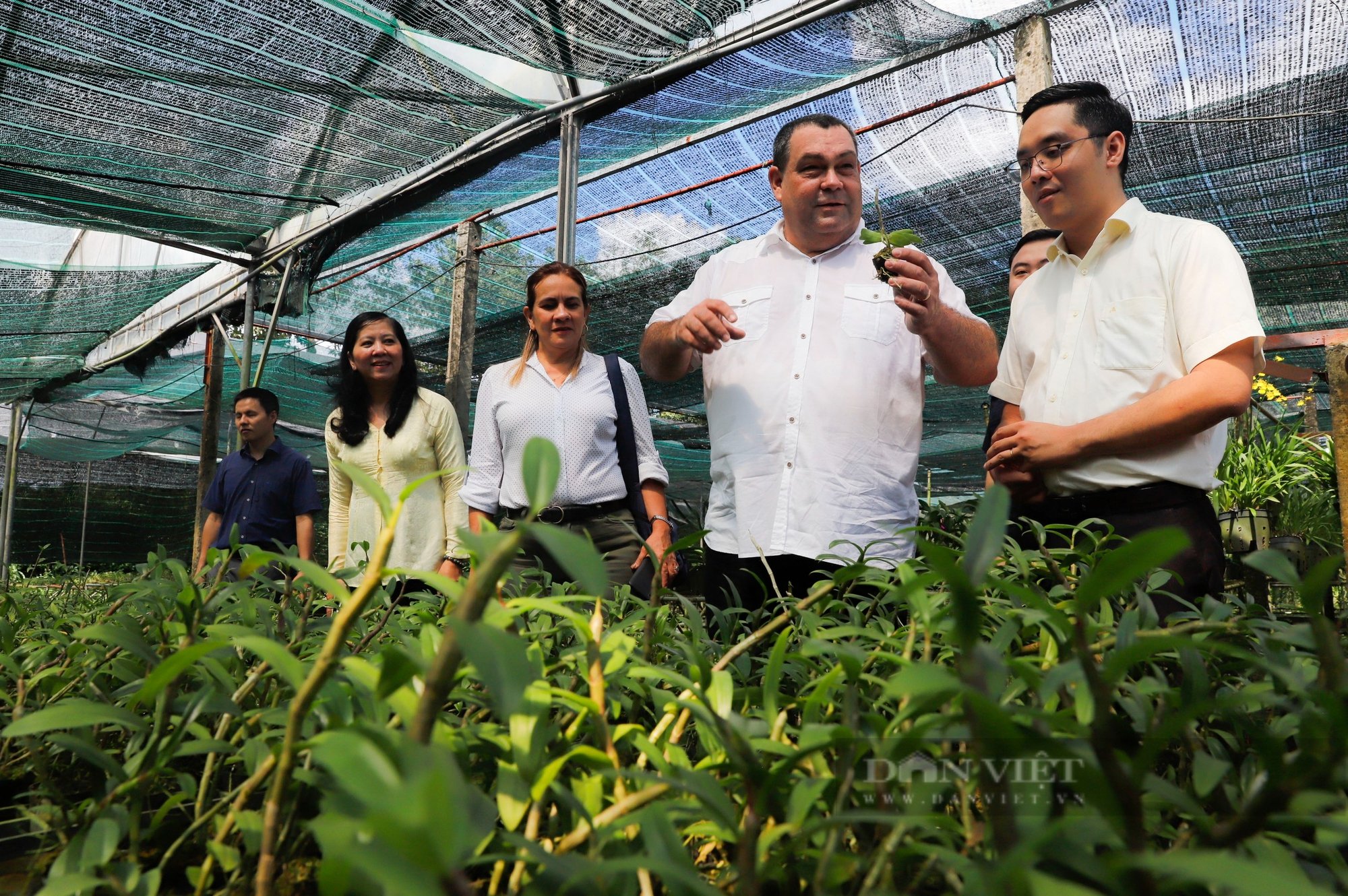
Vietnam's agricultural sector is developing strongly, especially high-tech agriculture, so many countries have paid attention and come to learn. On October 31, 2024, a delegation of the Cuban Small Farmers' Association and the Central Committee of the Vietnam Farmers' Association visited the high-tech agricultural zone in Ho Chi Minh City. Comrade Félix Duarte Ortega (in white shirt), member of the Central Committee of the Communist Party of Cuba, President of the Cuban Small Farmers' Association, hopes that Vietnam will create a mechanism for cooperation and transfer of production technology in agriculture. Comrade Félix Duarte Ortega was impressed with the research model of growing lingzhi mushrooms and high-tech orchids in the high-tech agricultural zone in Ho Chi Minh City, bringing in large revenues.
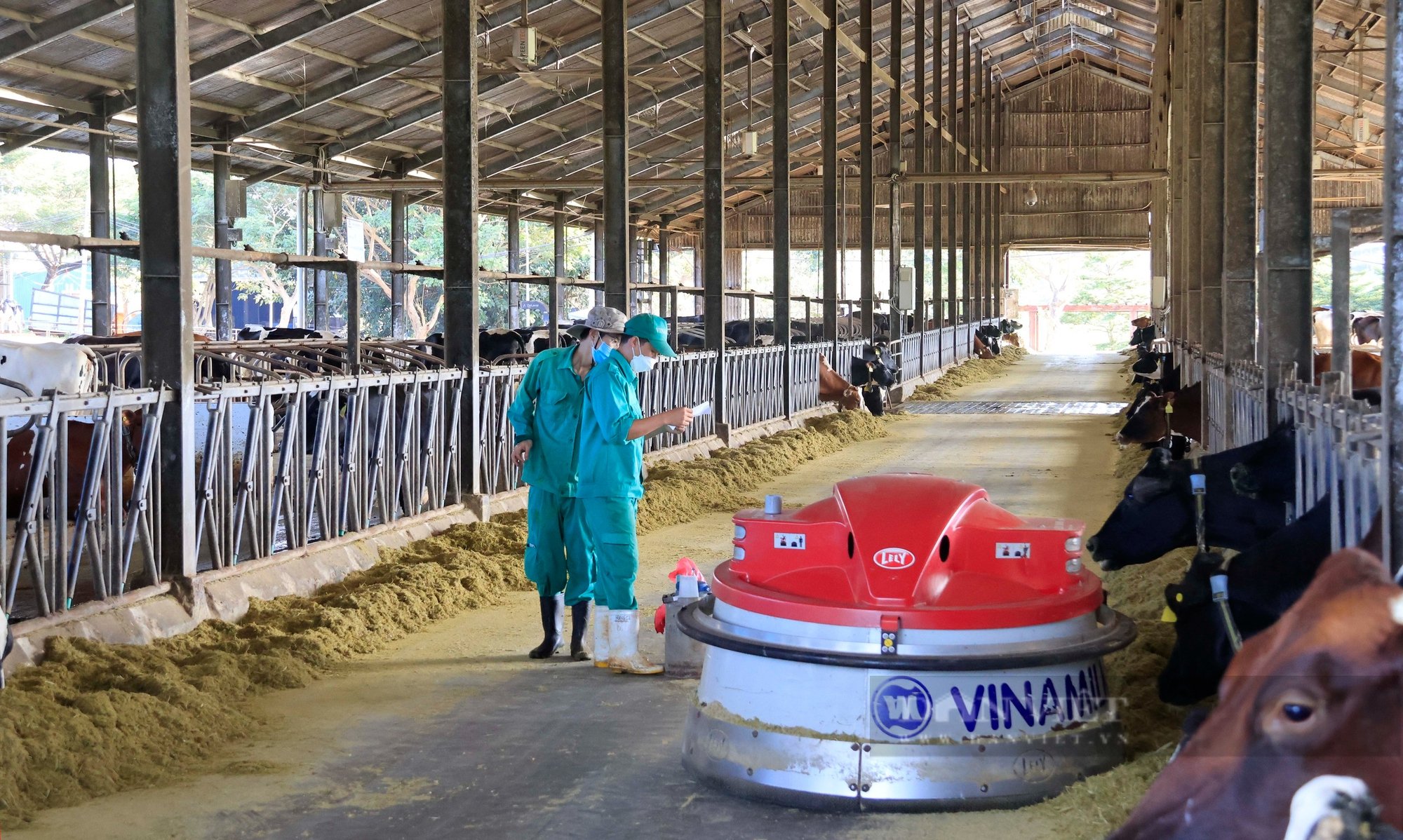
Many large enterprises have applied high technology to production, breeding, and processing. In the photo, the Lely Juno food-pushing robot made in the Netherlands is programmed with a desired route, pushing and stirring food continuously 24/7 at the Vinamilk Organic Da Lat farm in Don Duong district (Lam Dong province). This is a pioneer enterprise in applying high technology to animal husbandry.
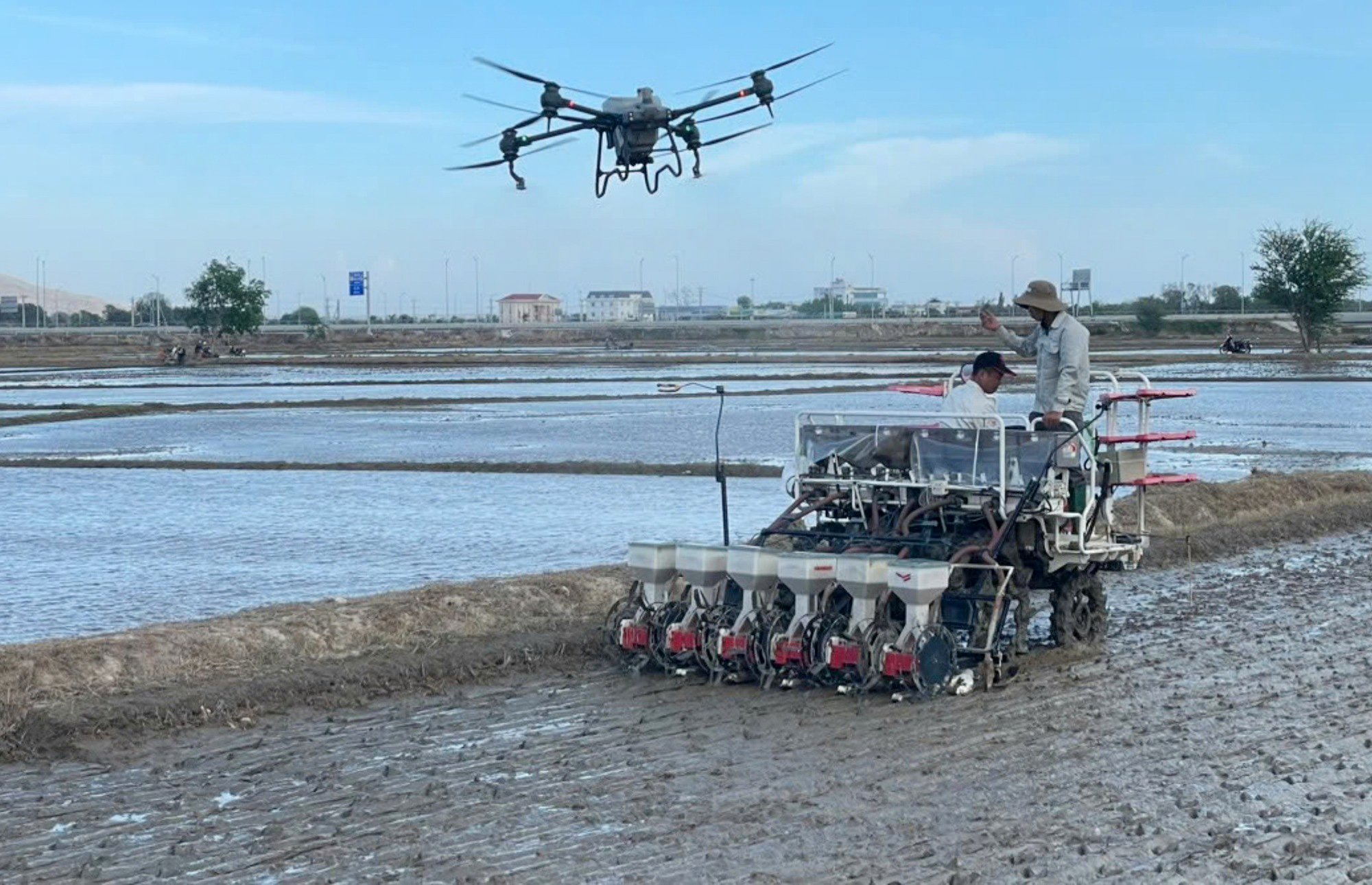
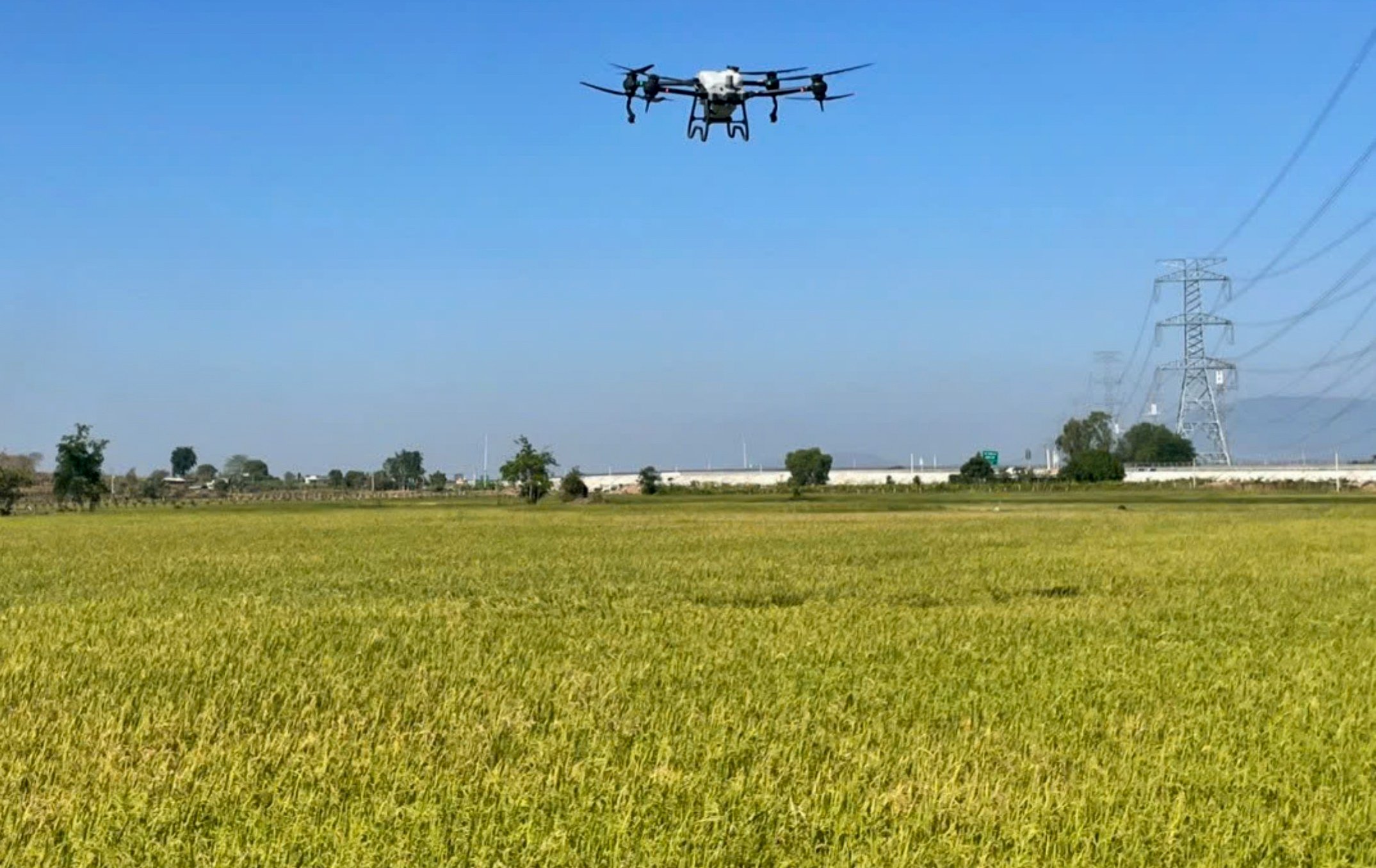
Image of a plane flying overhead to spray pesticides, reducing care time in Bac Binh district (Binh Thuan province).
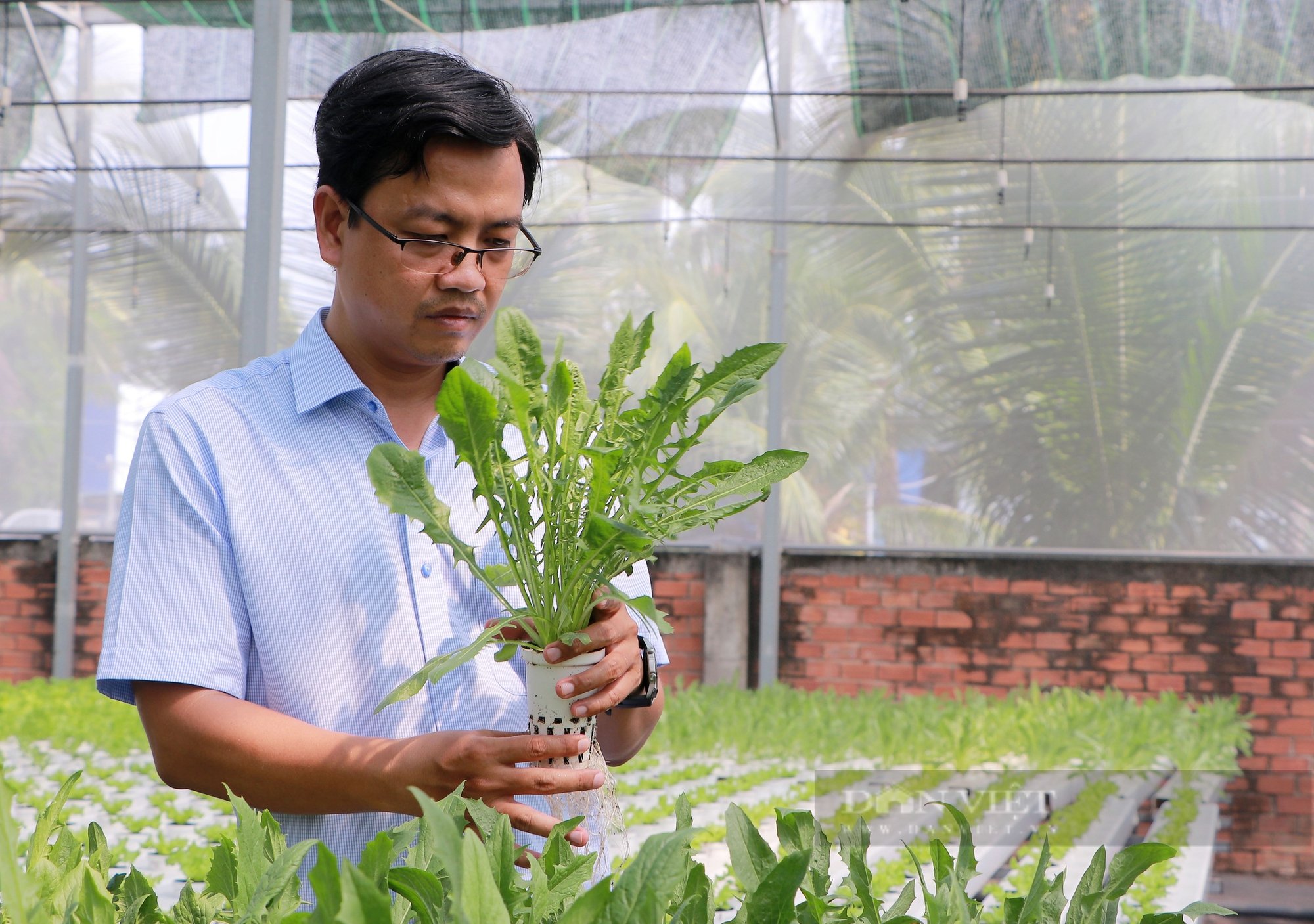
Hydroponic vegetable growing cooperative model in Ho Chi Minh City, up to now this cooperative has 3 farms in Ho Chi Minh City with a total scale of 2,000 m2. Currently, the cooperative has begun to expand its scale to neighboring provinces, four farms in Binh Duong, Ba Ria - Vung Tau, Binh Thuan and Ninh Thuan provinces with a total scale of 9,000 m2. Mr. Lam Ngoc Tuan - Executive Director of Tuan Ngoc hydroponic vegetable cooperative said that the characteristic of hydroponic vegetables is that they are grown in a greenhouse environment, all indicators of humidity, temperature and light are controlled by an automatic system. At the same time, the substrates, water sources and materials at the cooperative are also carefully selected before being put into use. "The characteristic of hydroponic vegetables at the cooperative is that they are not contaminated with microorganisms, not contaminated with heavy metals in vegetables", he added.
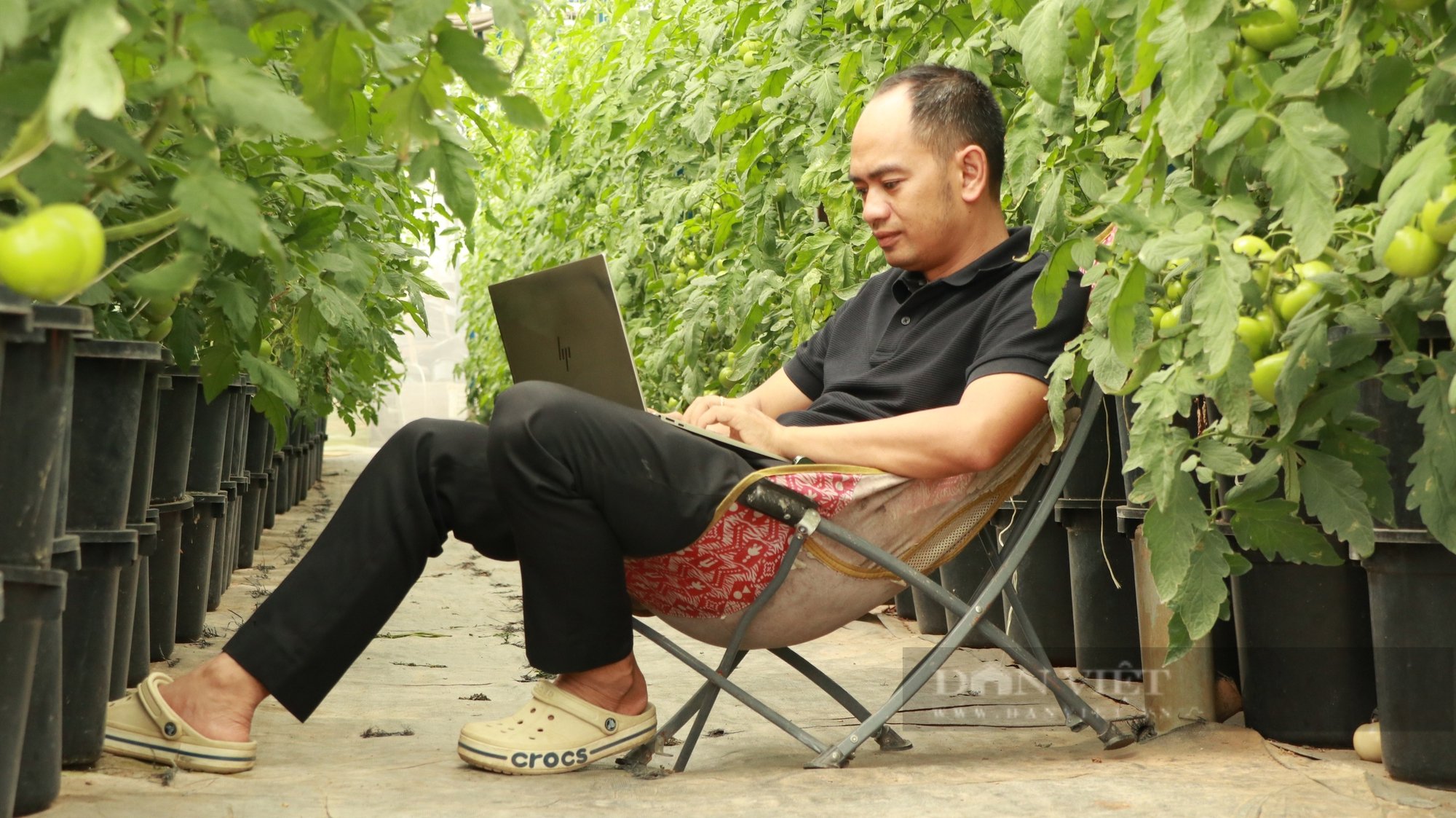
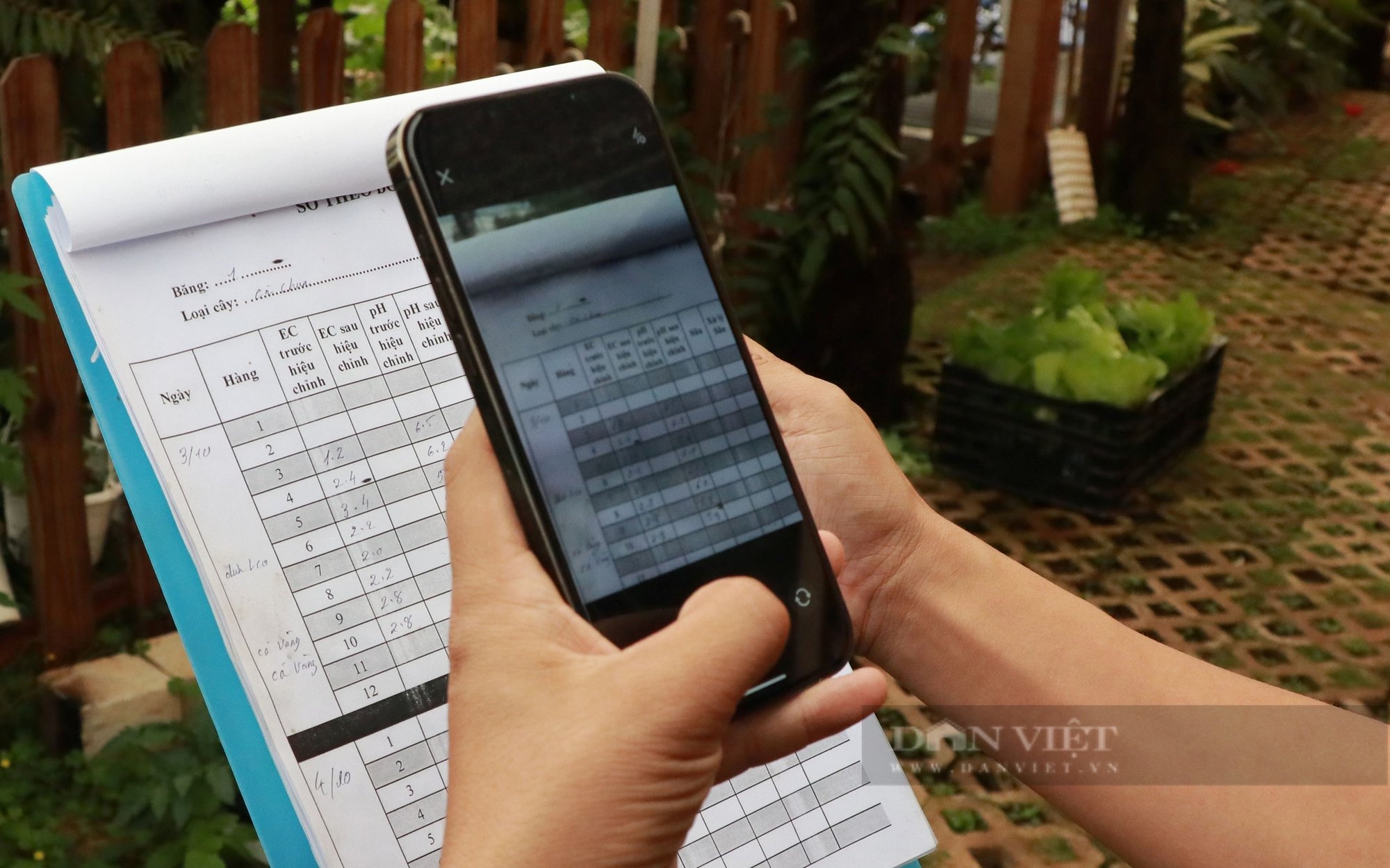
Mr. Nguyen Duc Huy uses a phone and computer to monitor and control the irrigation system, balance PH, EC in his tomato garden in Ward 10, Da Lat City (Lam Dong Province). Mr. Nguyen Duc Huy and his colleagues researched and programmed the "Vietponics Control System" to apply hydroponic vegetable growing. This system can automatically determine the care, fertilizer, water, humidity, and temperature needs of each type of plant in the garden. From there, labor and production costs will decrease, and the profits of the person applying it will increase about 5 times compared to the traditional method. " From the daily diary, I can take pictures, upload them to the system, from which the system will analyze and make recommendations for appropriate plant care," said Mr. Huy.
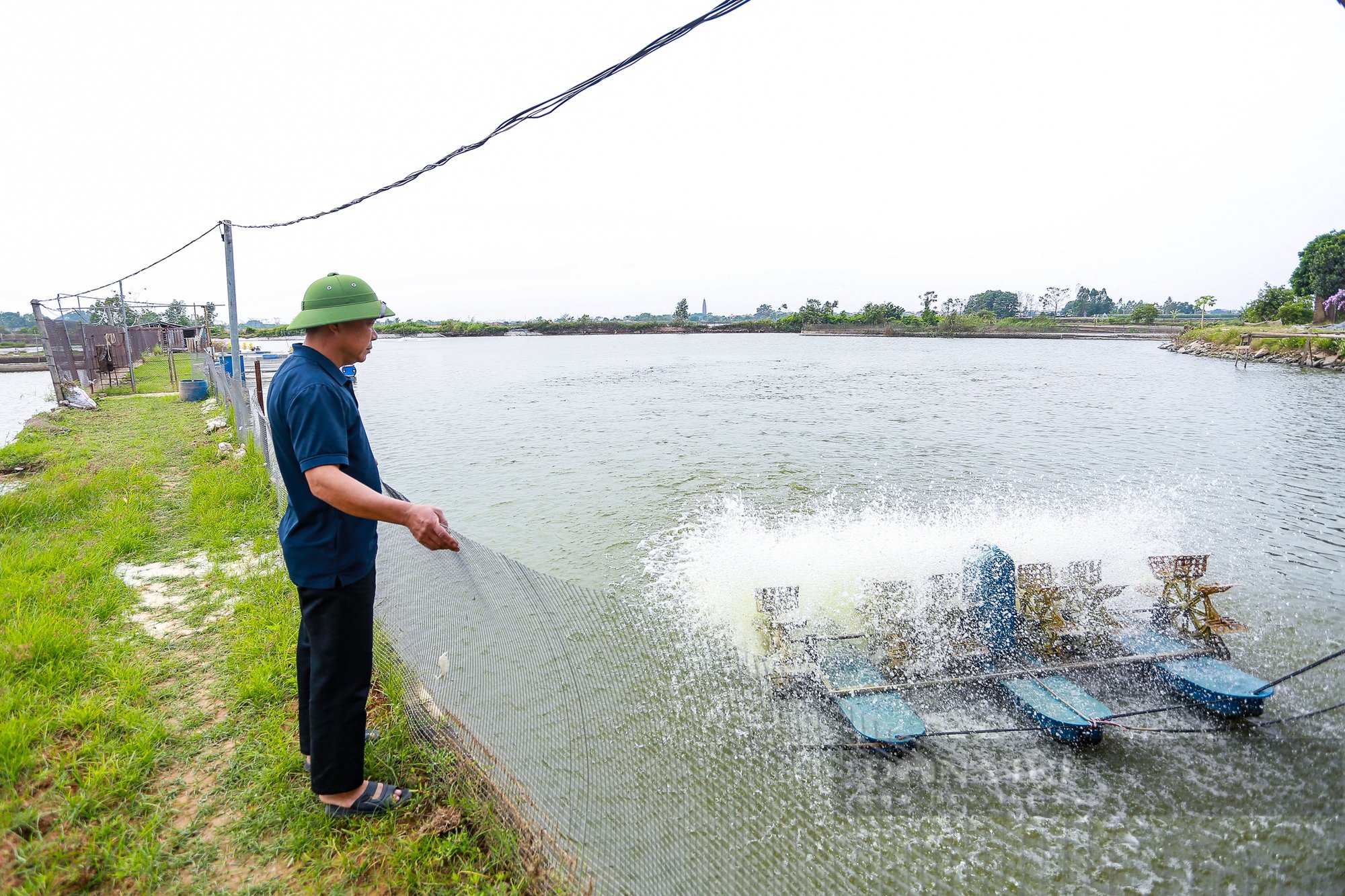
High technology is also applied and operated in aquaculture. Thanks to the automatic sensor system connected to smartphones, people can take care of fish remotely, monitor and adjust environmental factors such as temperature, pH, oxygen levels, helping to improve the efficiency of aquaculture.
Mr. Dao Duy Thao (Yen Lac district, Vinh Phuc province) with many years of experience in fish farming, he has built a high-yield specialized fish farm with an area of 1 hectare, the main farming objects are tilapia, grass carp, common carp... Every year, his family harvests dozens of tons of various types of fish, with revenue reaching hundreds of millions of VND/year from fish farming. After installing a sensor system to control water environmental factors in freshwater fish farming, Mr. Thao no longer has to worry about monitoring the weather, keeping track of the time to turn on the oxygen aerator or worrying about not being able to return to turn on the machine when he goes far away. This is one of the first steps to support farmers in digital transformation in aquaculture in particular and digital transformation in agriculture in general. The model of managing fish farming using automatic sensors is still new to intensive aquaculture households, but initially it has shown benefits, efficiency, and positivity in using the application.
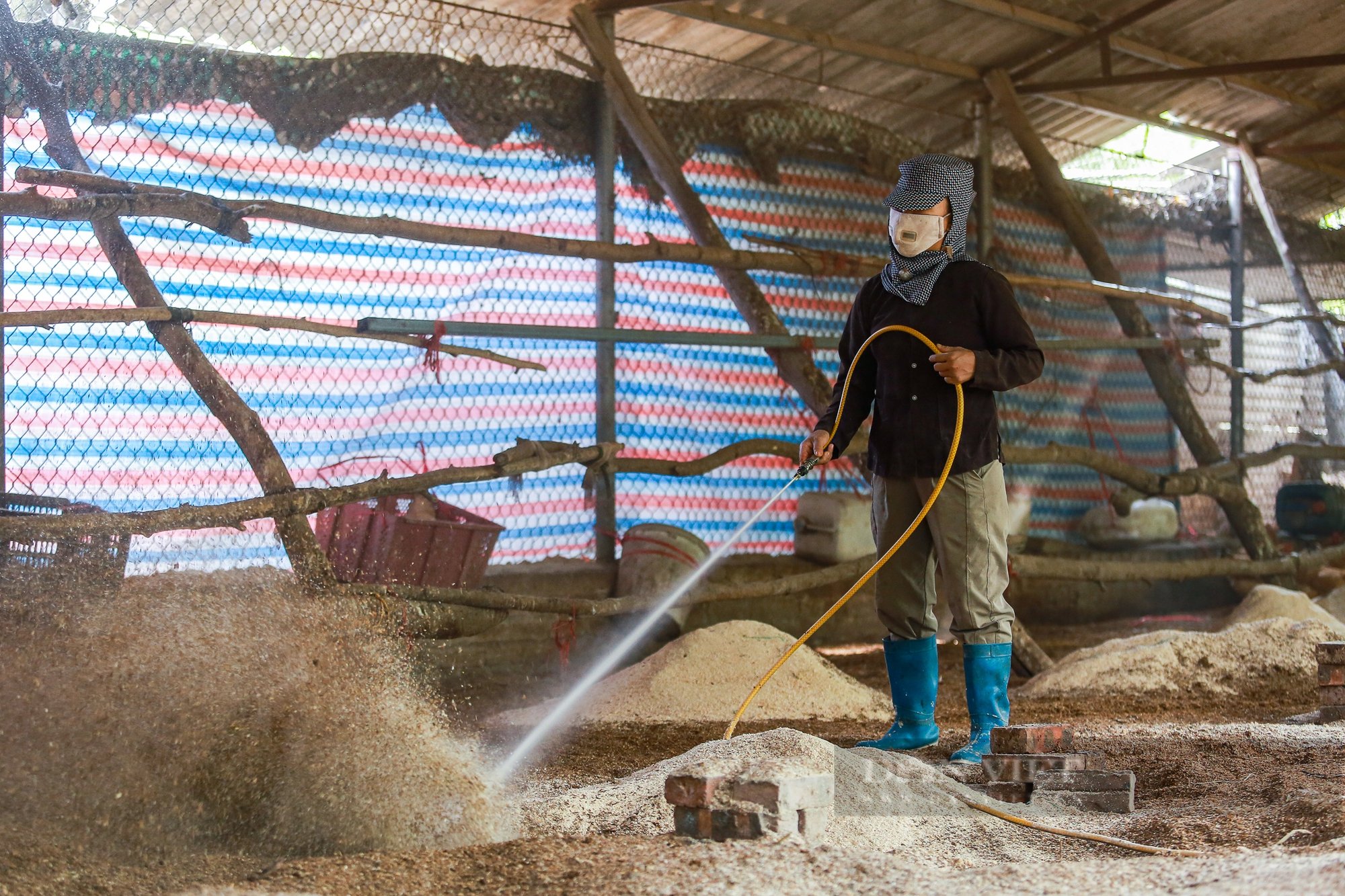
With the desire to provide the market with delicious, clean and safe foods, Ms. Nguyen Thi Thu Thoan ( Soc Son district, Hanoi ) researched, learned and came up with the idea of raising microbial chickens. After many years of implementation, the microbial chicken brand has become familiar to consumers nationwide, bringing in billions of VND in revenue each year for the cooperative. The farm has an area of about 1.5 hectares, applying a farming process according to the circular agricultural model, designed according to a biological treatment process, divided into many different areas, including a broiler chicken coop, a feed processing area, a brooding chicken area, and different types of chickens are also raised in separate areas.
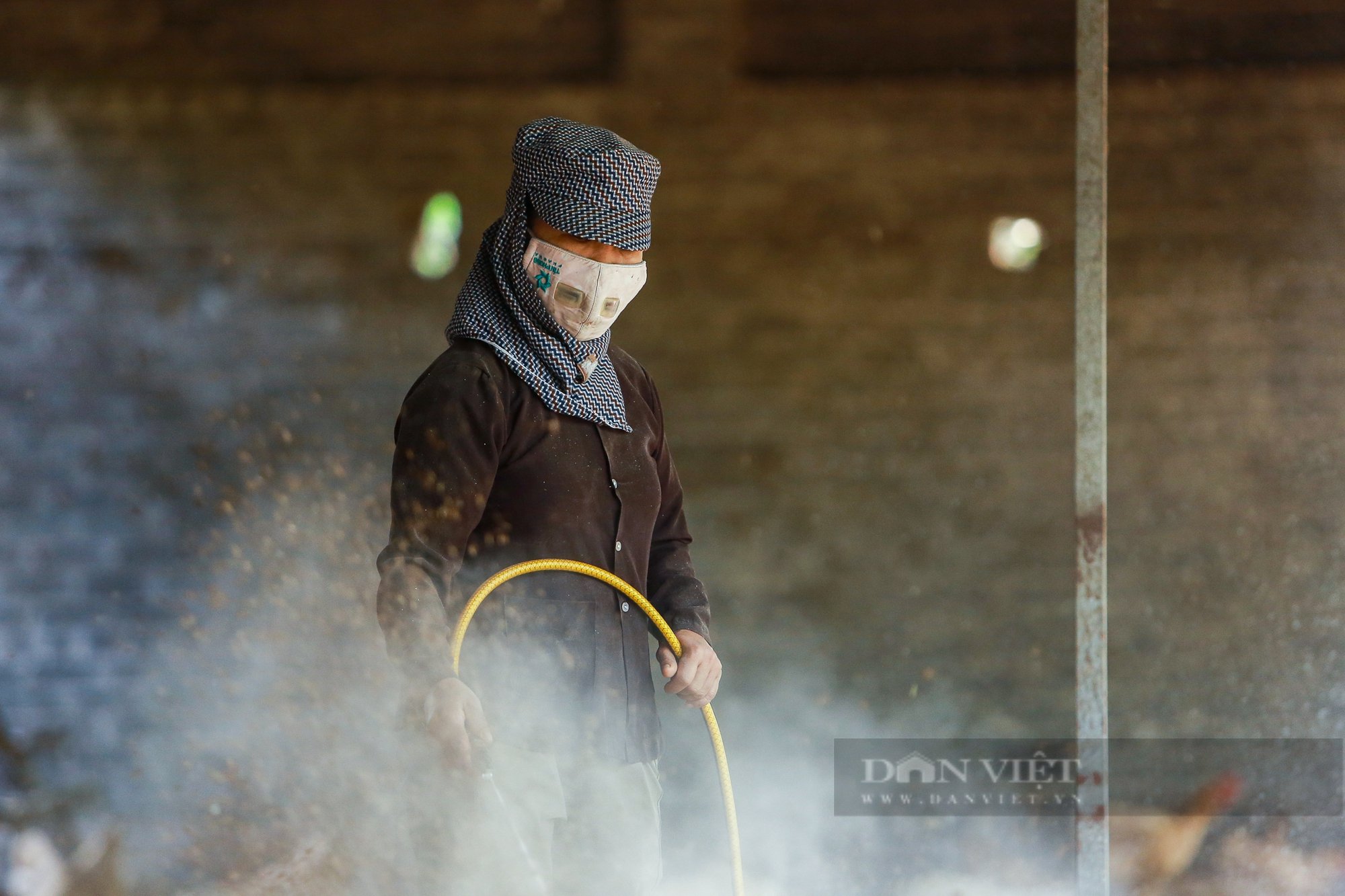

Compared to the conventional farming method she used before, the most different point of this model is the feed and biological bedding. To improve the quality of the chickens, the cooperative has selected herbs and organic products to supplement the feed such as: Phyllanthus urinaria, Eclipta prostrata, black garlic, Gotu kola, ginseng, turmeric, corn, bean dregs, etc. All are ground into powder, each type is separate, and only when it is fermented to make feed for the chickens is it mixed according to the ratio. Thanks to the addition of herbal ingredients to the daily diet, the chickens have good resistance and are less susceptible to disease. To expand the consumer market, Ms. Thoan also learned and researched how to post sales through websites and social networking sites to help customers know more about the cooperative's clean chicken and egg products.
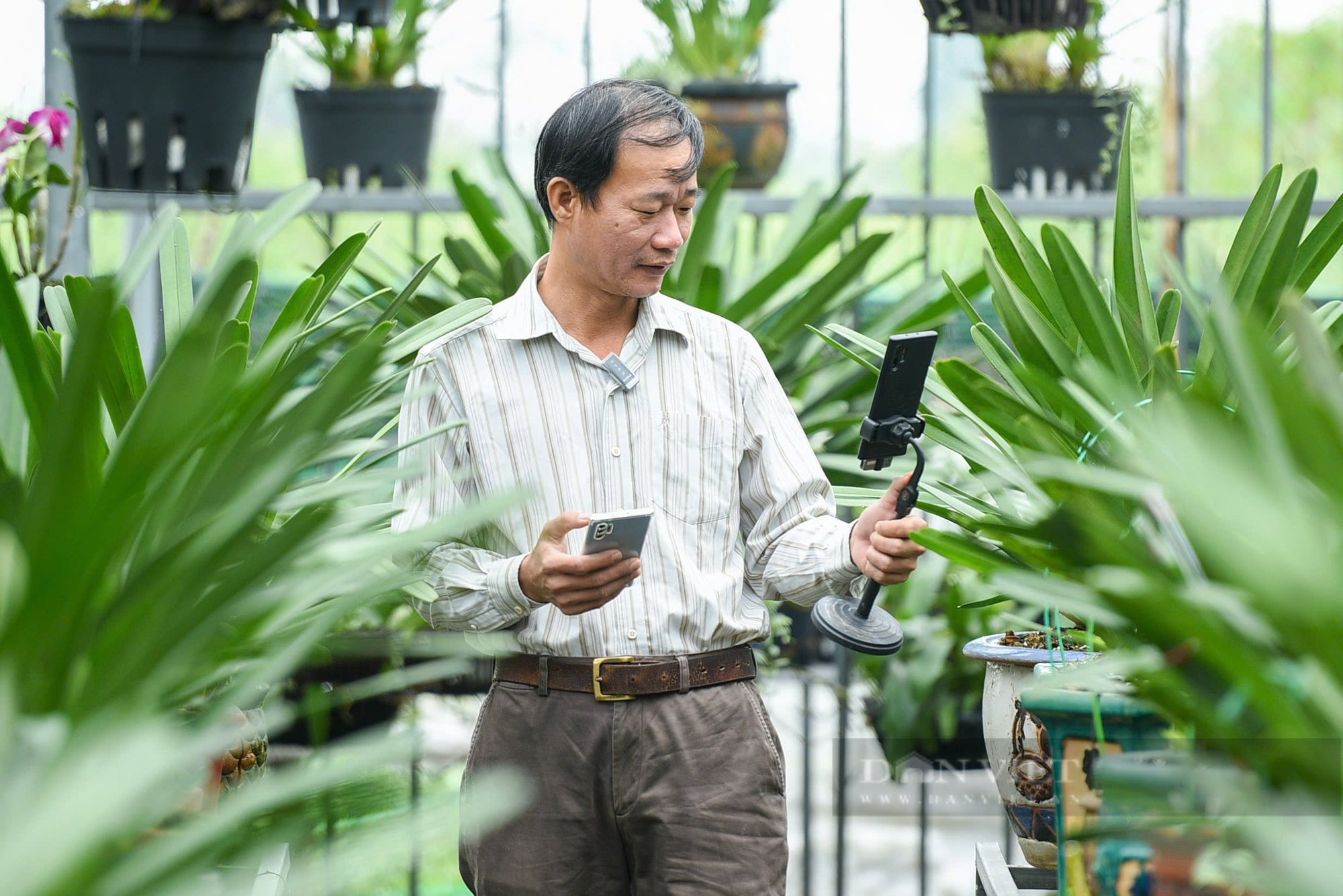
Not only good at raising, caring... Now farmers are also good at selling, marketing, and developing the market. Currently, Mr. Tran Cong Thai (Cam Le district, Da Nang city) livestreams to sell, earning 300 - 500 million VND each year from orchids. Mr. Thai has sold thousands of orchid pots to the market, helping to preserve wild orchids.
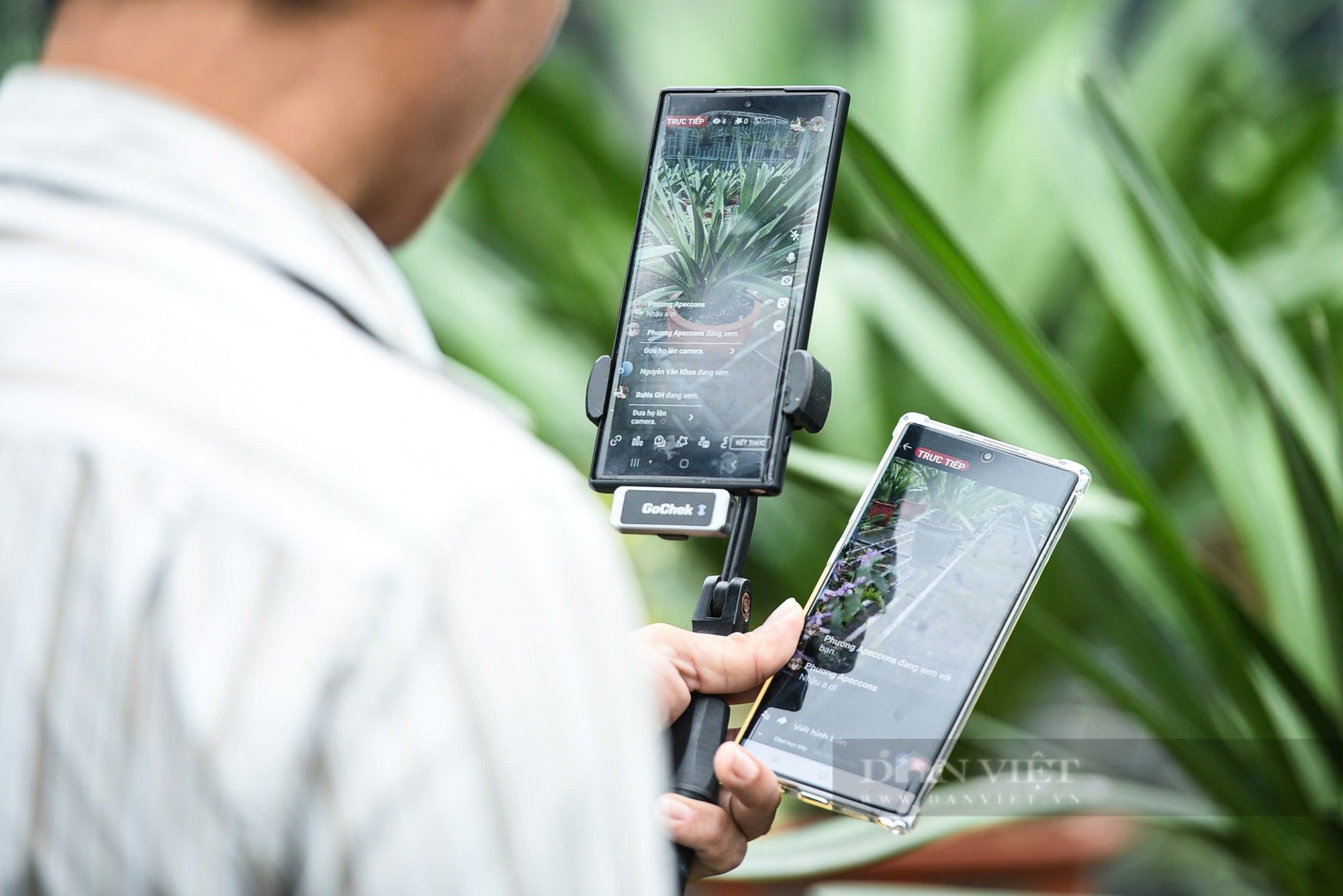
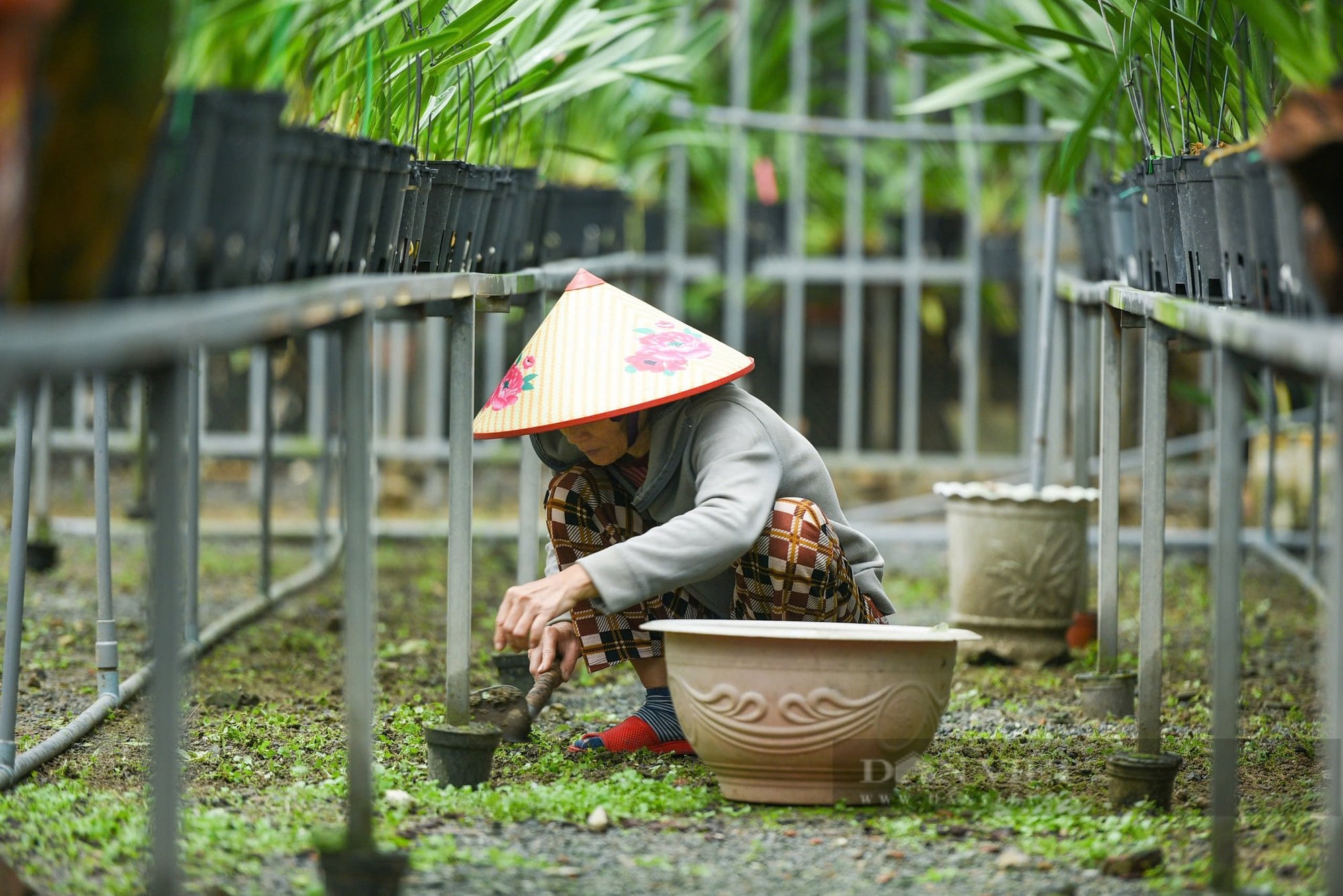
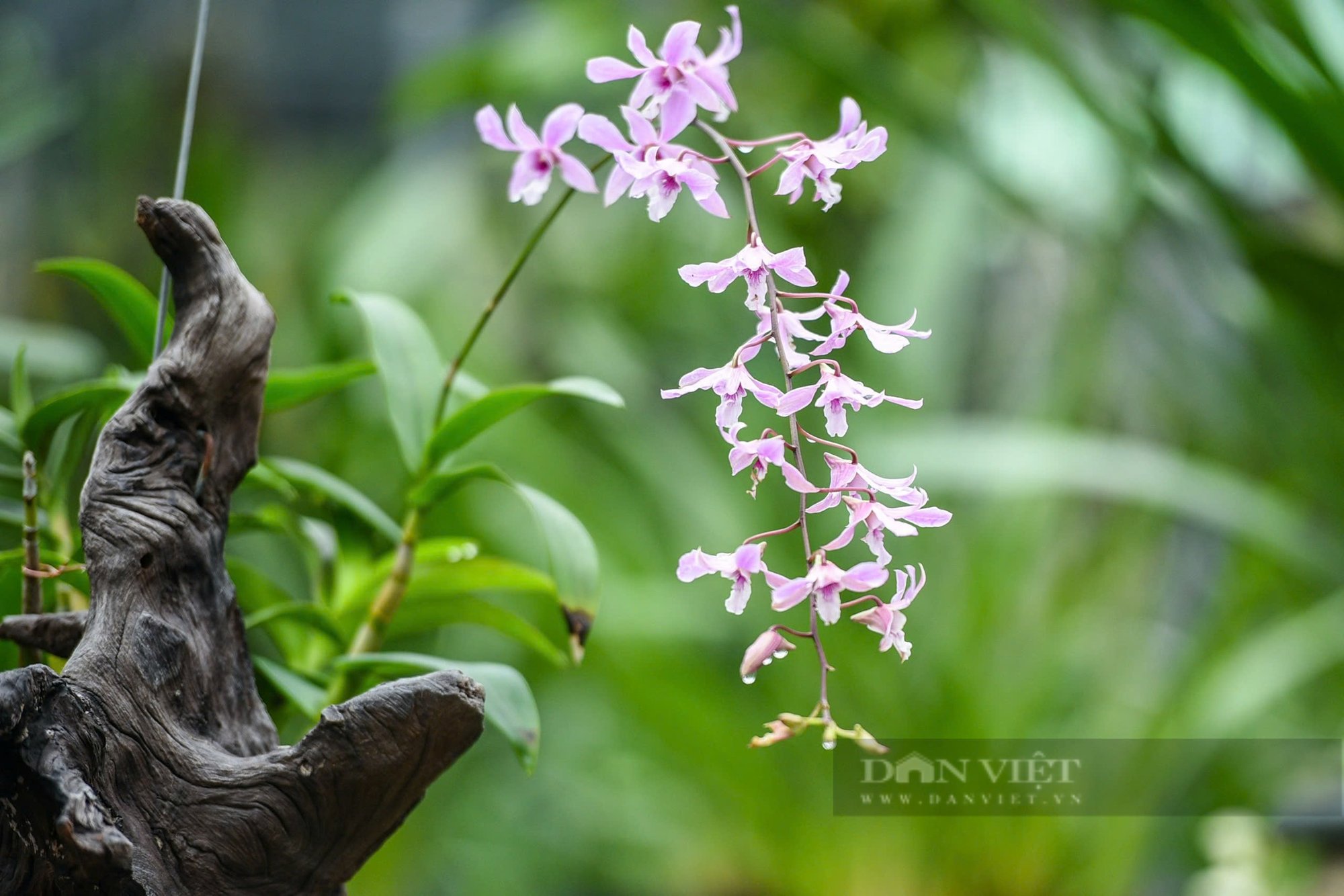
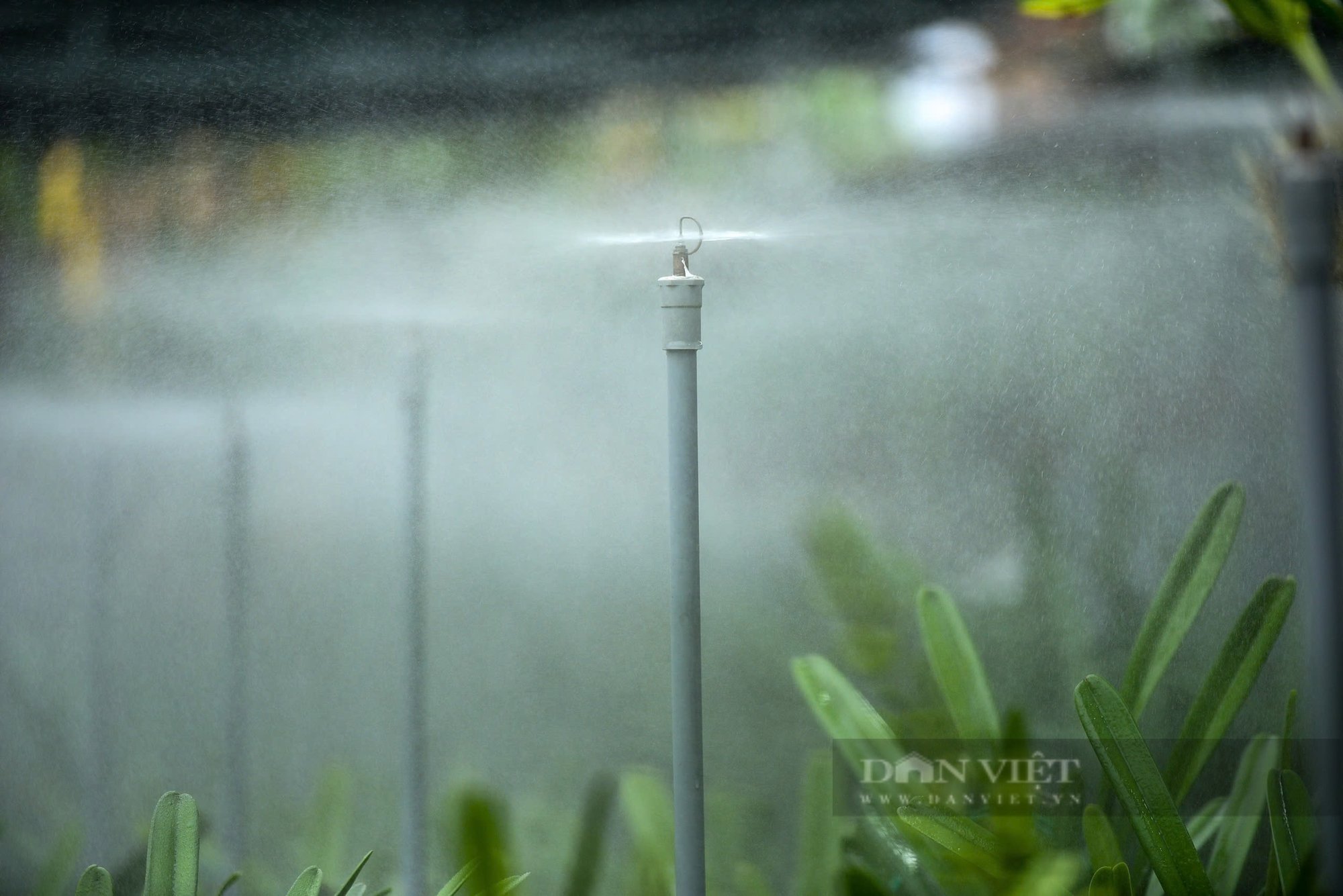
After more than 5 years of starting a business, Mr. Thai's orchid brand has established a position in the market and is trusted by orchid collectors. Instead of just waiting for traders, this man created his own channel Tuyen, created his own fanpage and tiktok channel, and livestreamed to sell orchids every day.
Another model of growing Phalaenopsis orchids indoors with a revenue of more than 100 billion VND per year by Mr. Dao Quang Trinh (Thuy Nguyen district, Hai Phong city) has been visited and learned by many units. In 2022, Mr. Dao Quang Trinh is one of 100 typical farmers nationwide to be voted to receive the title of "Outstanding Vietnamese Farmer". According to Mr. Dao Quang Trinh, his Phalaenopsis orchid growing model has an area of about 2 hectares, invested in more than 20 air-conditioned dome houses, with an irrigation system according to Israeli standards, thanks to which it grows and develops well. Currently, each year the company supplies about one million orchid plants to the market, achieving a revenue of more than 100 billion VND.
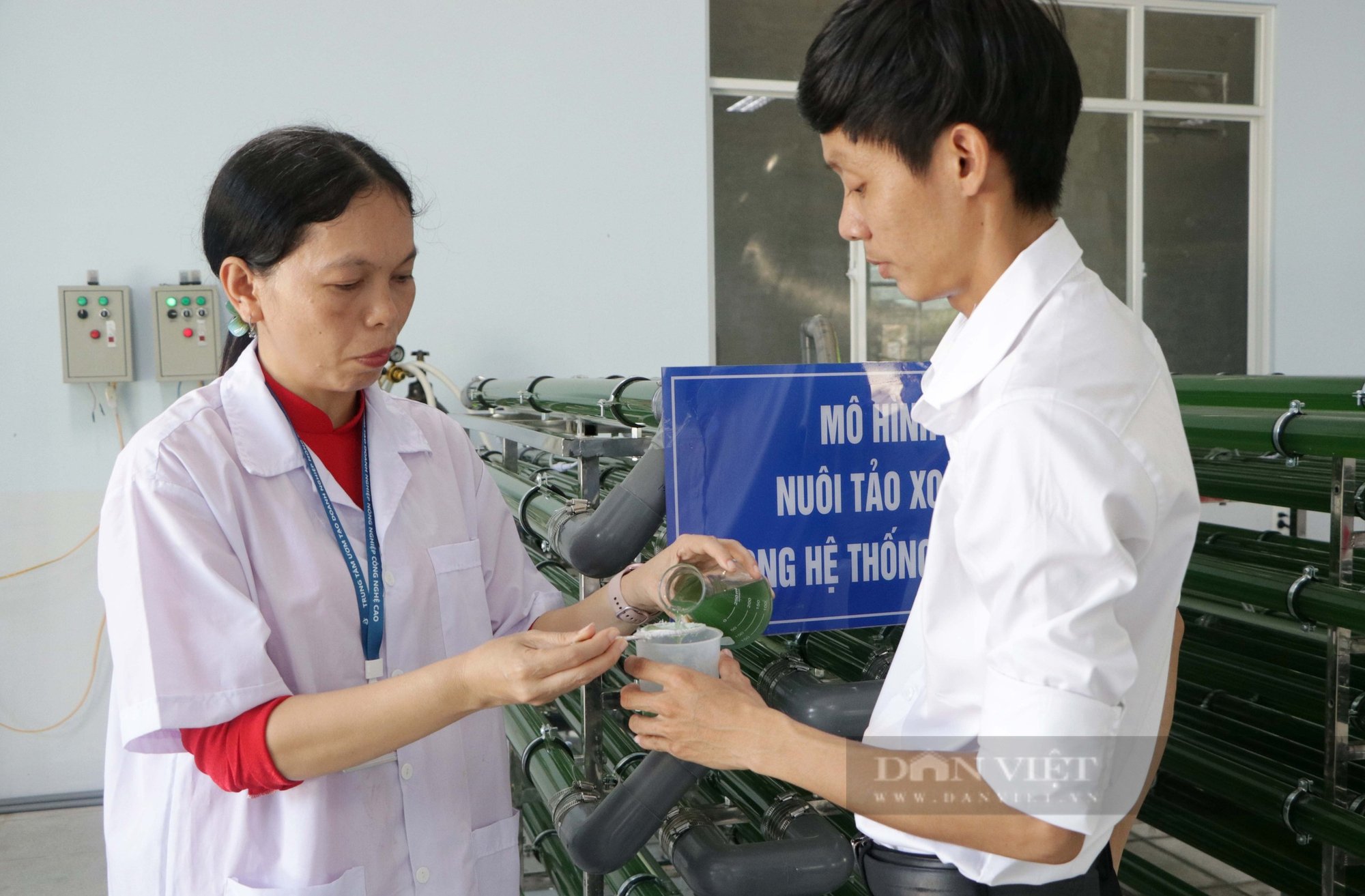
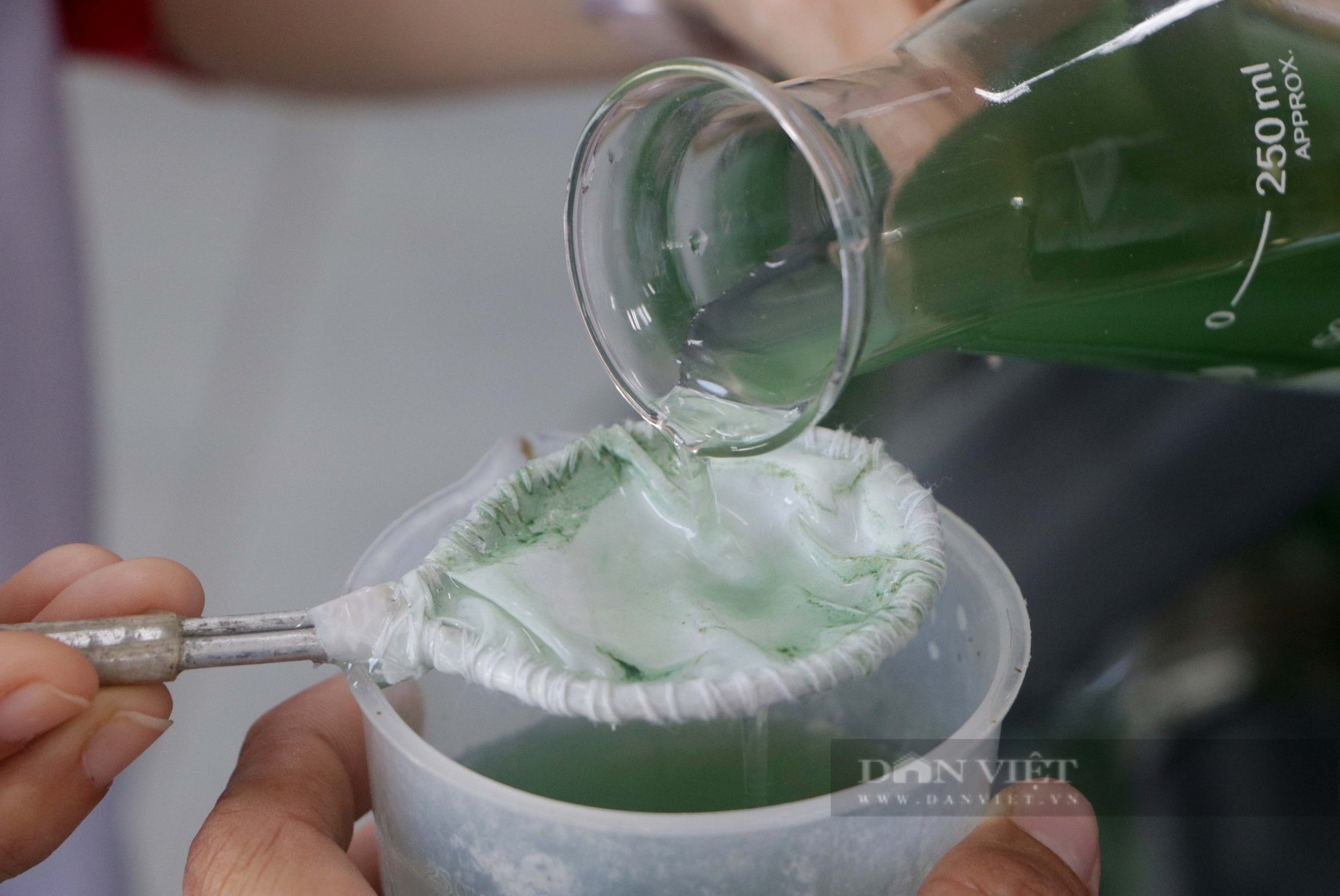
IoT (Internet of Things) technology is now widely applied in many industries. In the photo is Spirulina algae grown in a lens system applying IoT technology in the high-tech agricultural zone of Ho Chi Minh City . This system creates a clean, closed environment with a glass tube system circulating treated fresh water. The lighting system is arranged outside the tube to help the algae have light for photosynthesis. In the glass tube, Spirulina algae move continuously with the water flow to grow. After about 2 weeks, the farmer will base on the color and measure the density of the algae to harvest by stopping the circulation system. At that time, the algae will settle to the bottom of the glass tube. According to Master Nguyen Thi Kim Lien (white shirt), representative of the research team, the harvested algae are freeze-dried into solid form, which can be mixed with other ingredients to make functional foods, cosmetics, etc. to increase the value of the algae instead of making them into regular food.
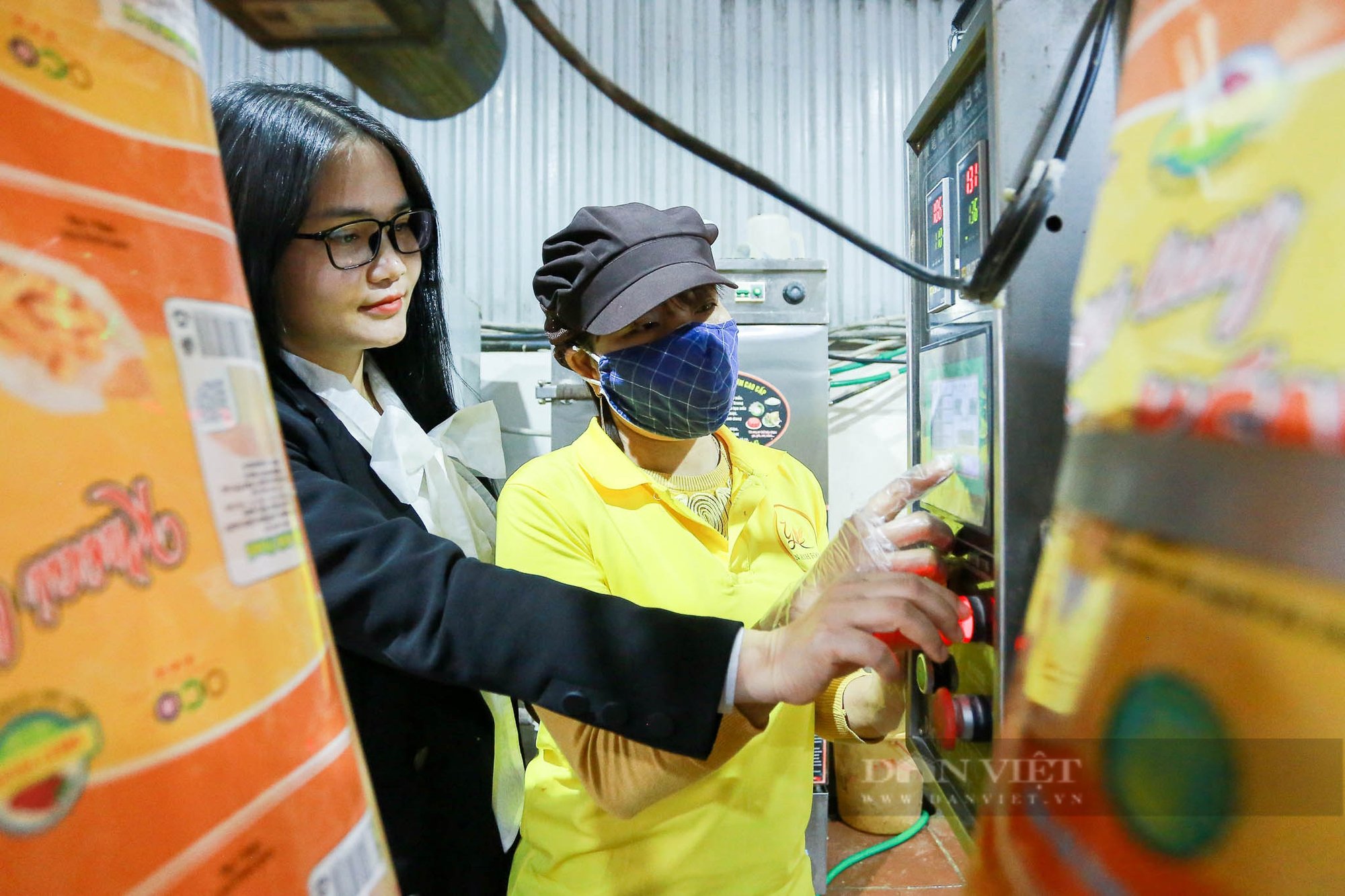
Some enterprises and cooperatives, in addition to applying high technology in production, also focus on providing jobs for local people. The cooperative of Ms. Pham Tran Hai Yen (Ba Vi district, Hanoi) is a typical example. "The cooperative is creating jobs for more than 80 local workers, mainly female workers, with an income of 4 million to 8 million VND/person/month. Each month, the cooperative provides 100 tons of products made from clean agricultural products, all of which meet 3-star OCOP standards ," Ms. Yen said.
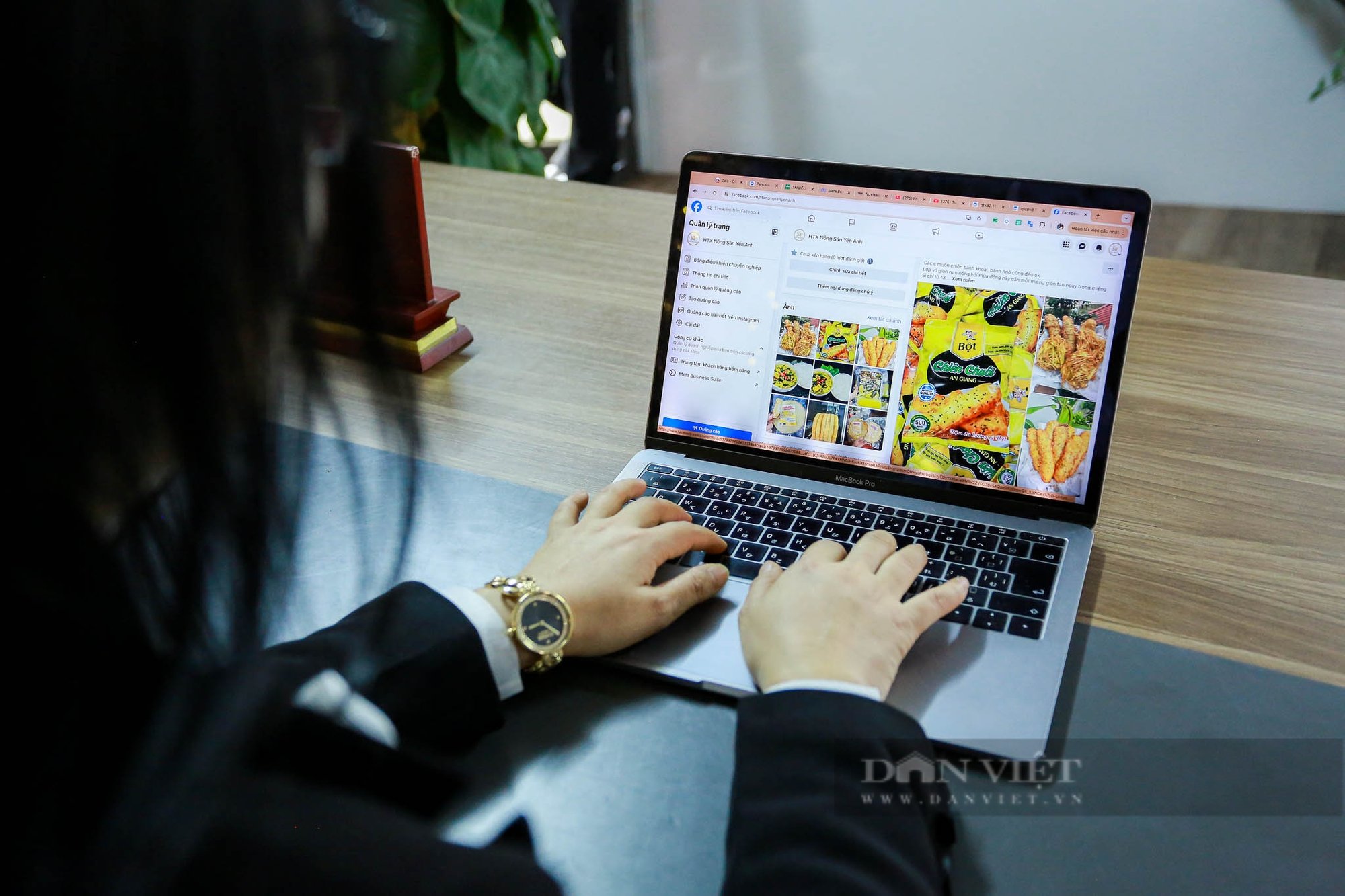
In particular, the cooperative's sweet potato cocoons and crispy fried corn products have been chosen by restaurants and eateries as appetizers. With a special, crispy and delicious flavor, these two products are available from North to South and are especially available in some clean agricultural supermarkets in the country and are hand-carried to countries such as Korea, Japan, Taiwan...
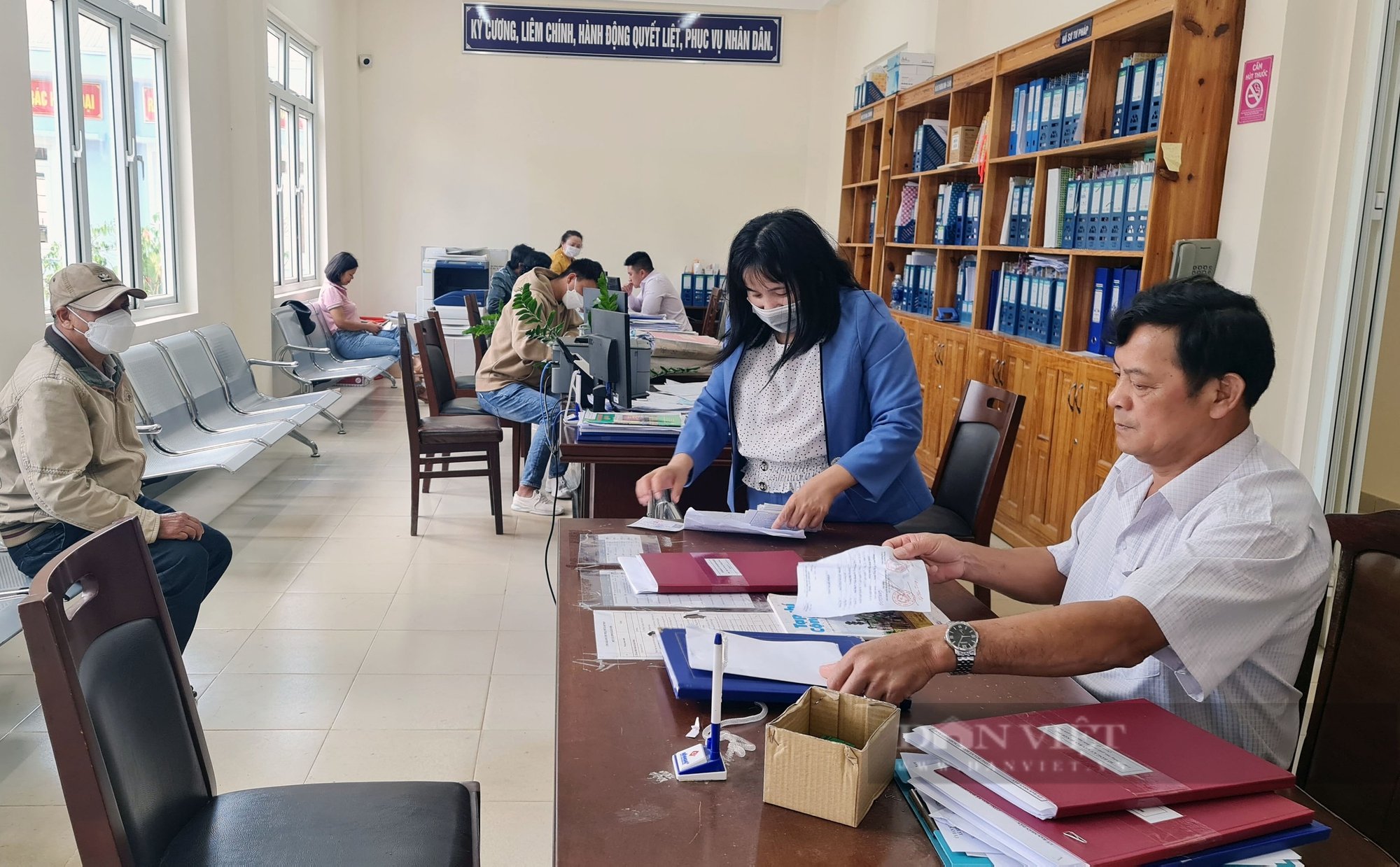
Along with the development of high-tech agriculture, localities, especially at the grassroots level, are also gradually transforming strongly in digital technology, to complete the goal of turning the commune into a model new rural commune of digital transformation. Mr. Ngo Van Dung (in white shirt), a commune official, is handling administrative procedures for people at the People's Committee of Xuan Tho commune (Da Lat city, Lam Dong province). Currently, the entire Xuan Tho commune government system is striving to complete the goal of turning the commune into a model new rural commune of digital transformation. The entire Lam Dong province has established Community Digital Technology Teams in 142/142 communes, wards and towns with more than 2,500 members.
Source: https://danviet.vn/nong-nghiep-chuyen-doi-so-de-vuon-minh-trong-ky-nguyen-moi-2025021209533045.htm


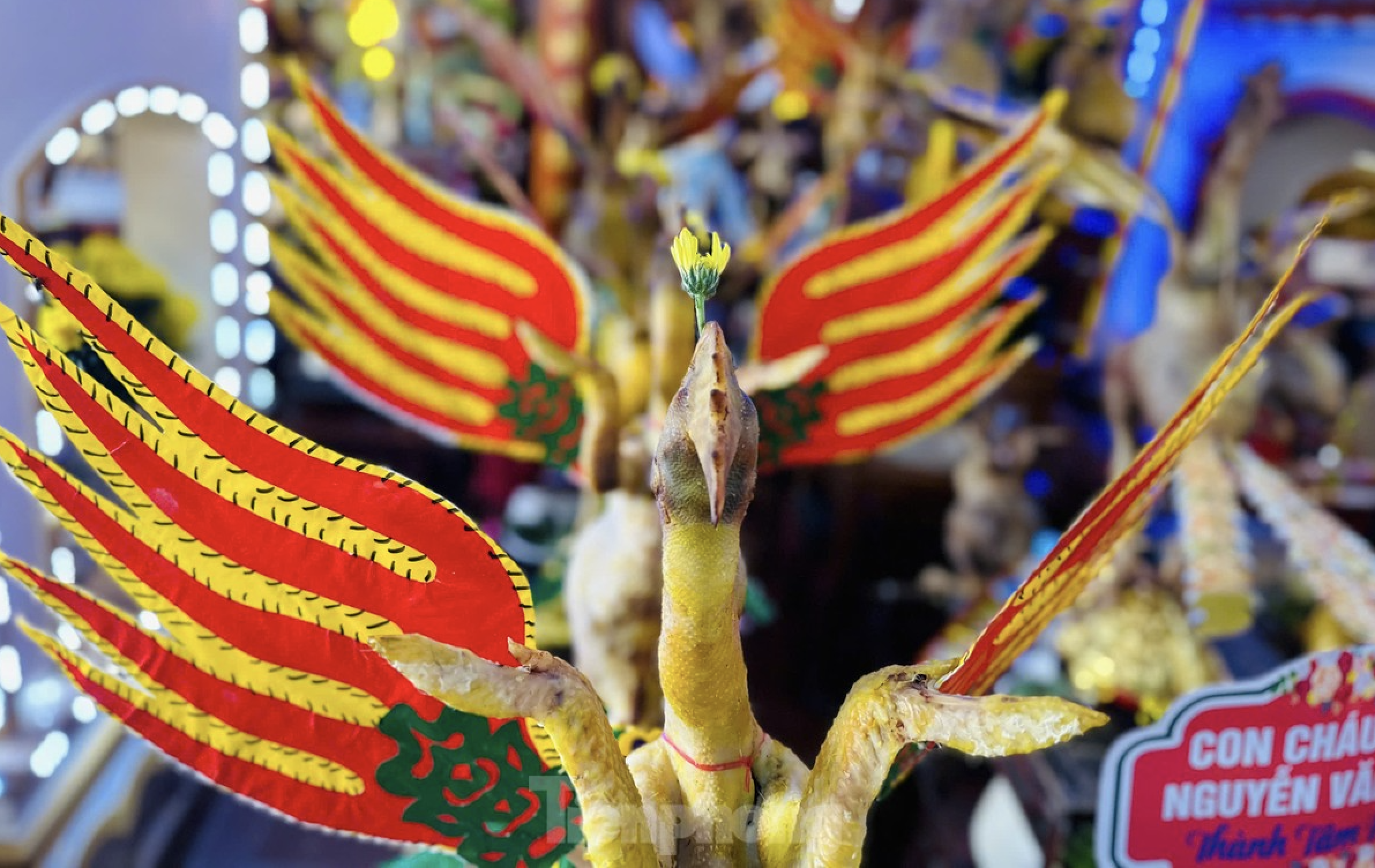
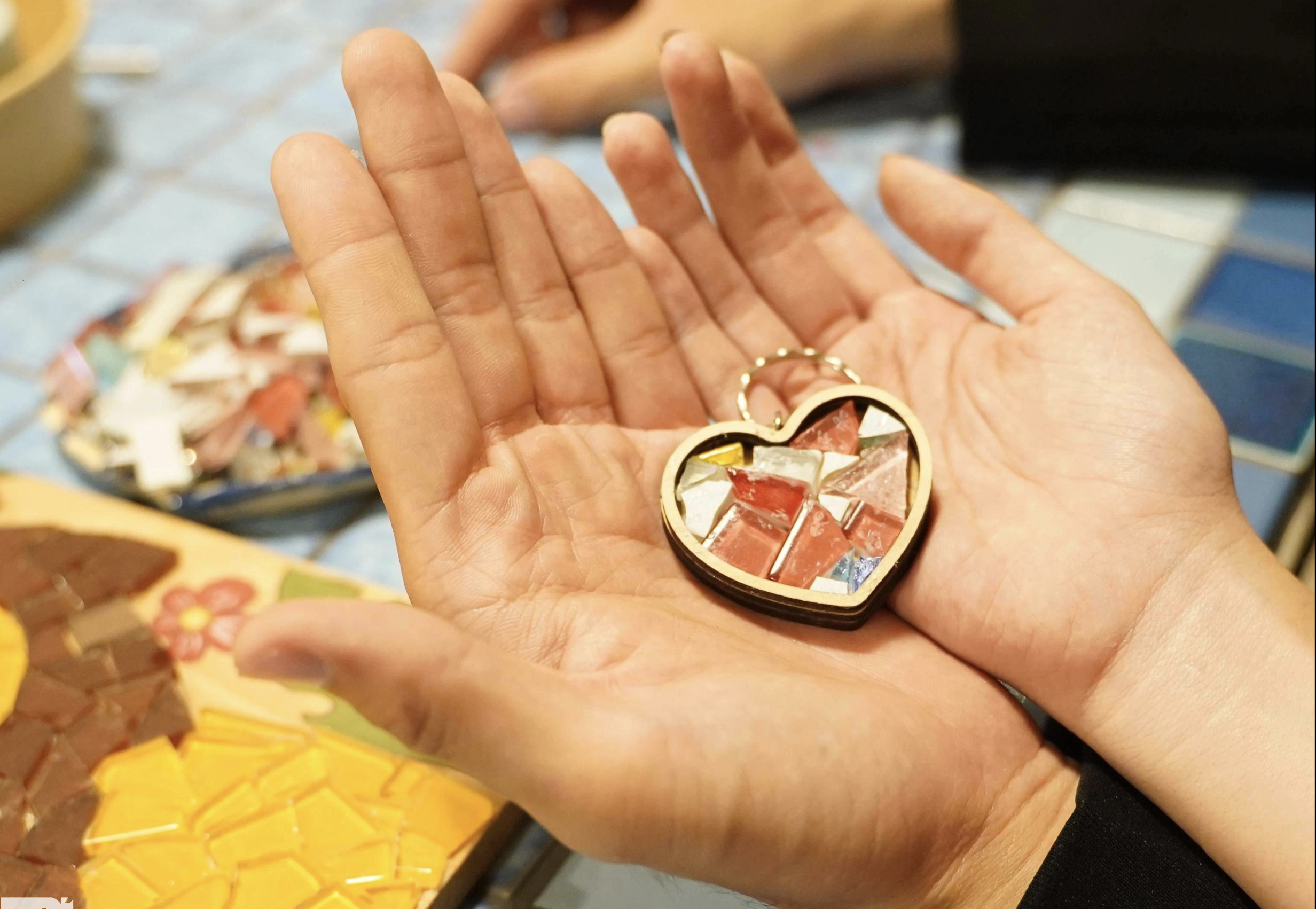


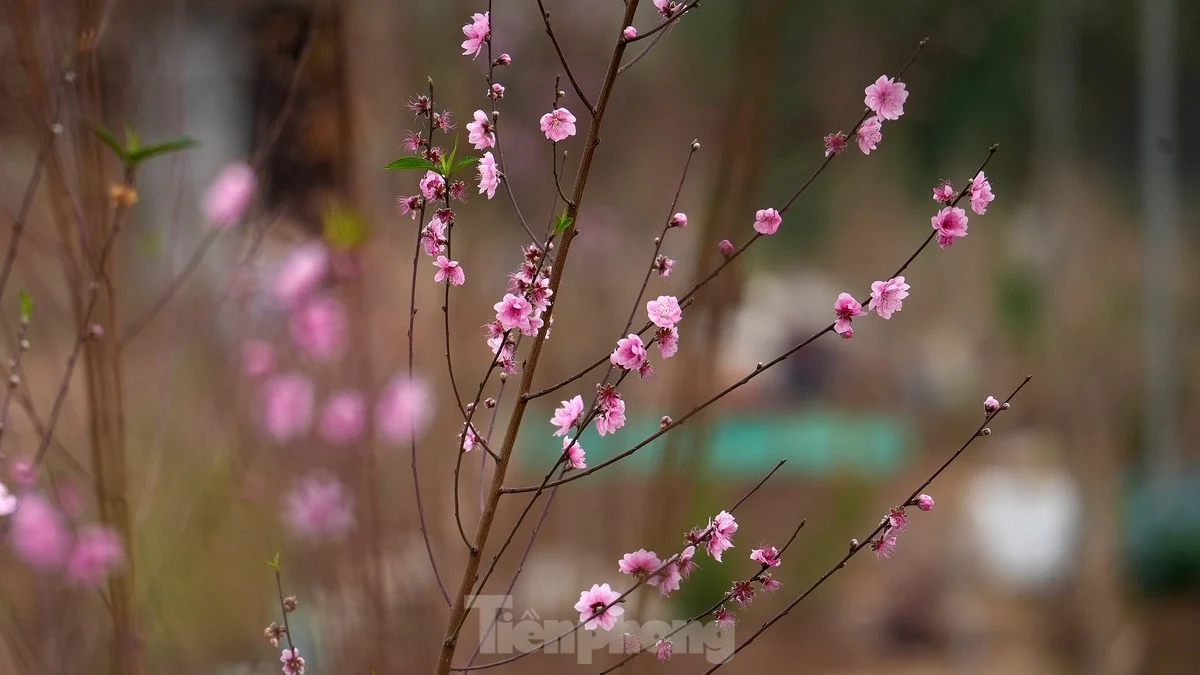

























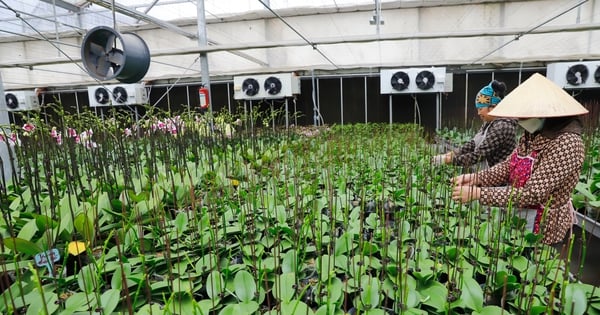
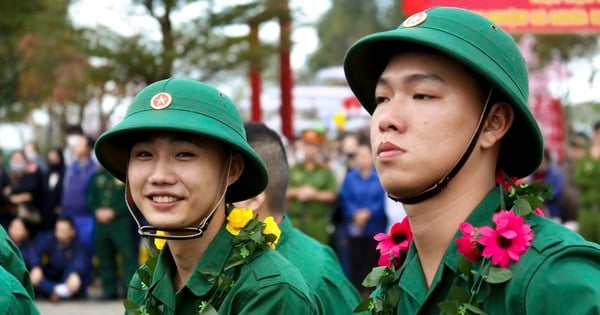
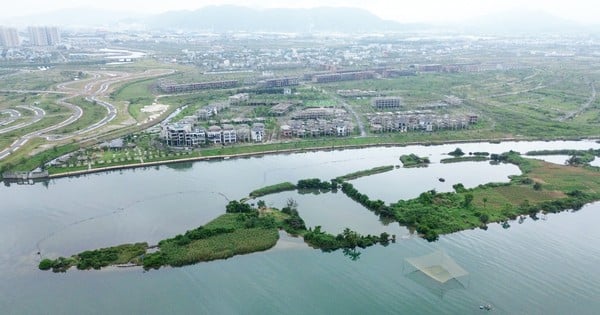
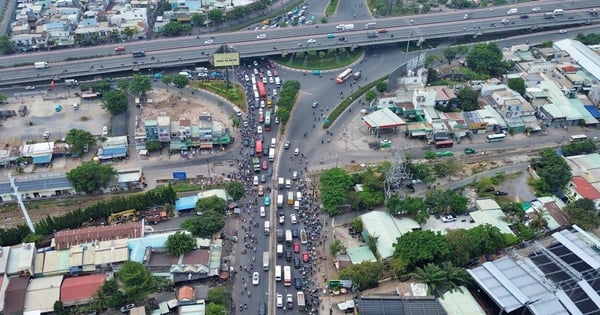

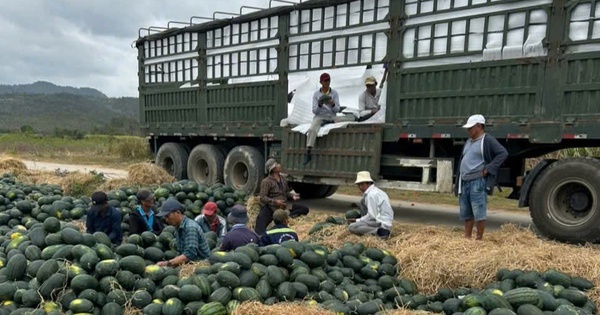
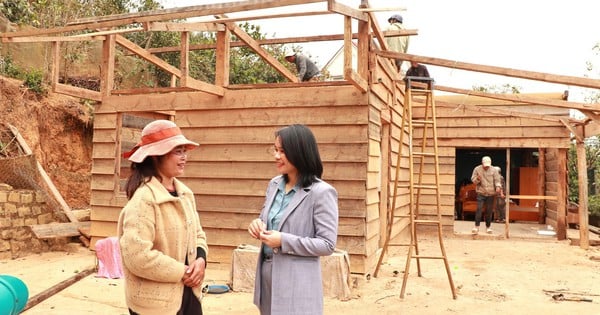
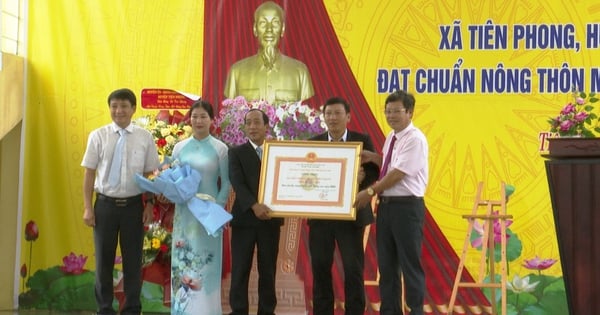
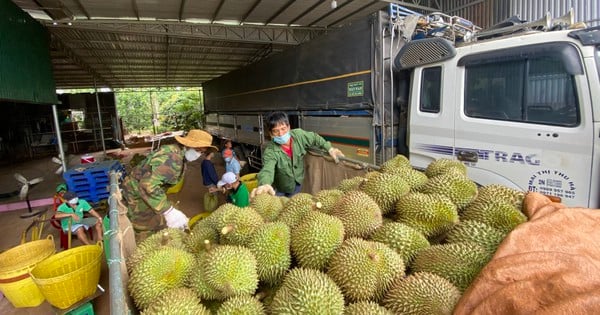




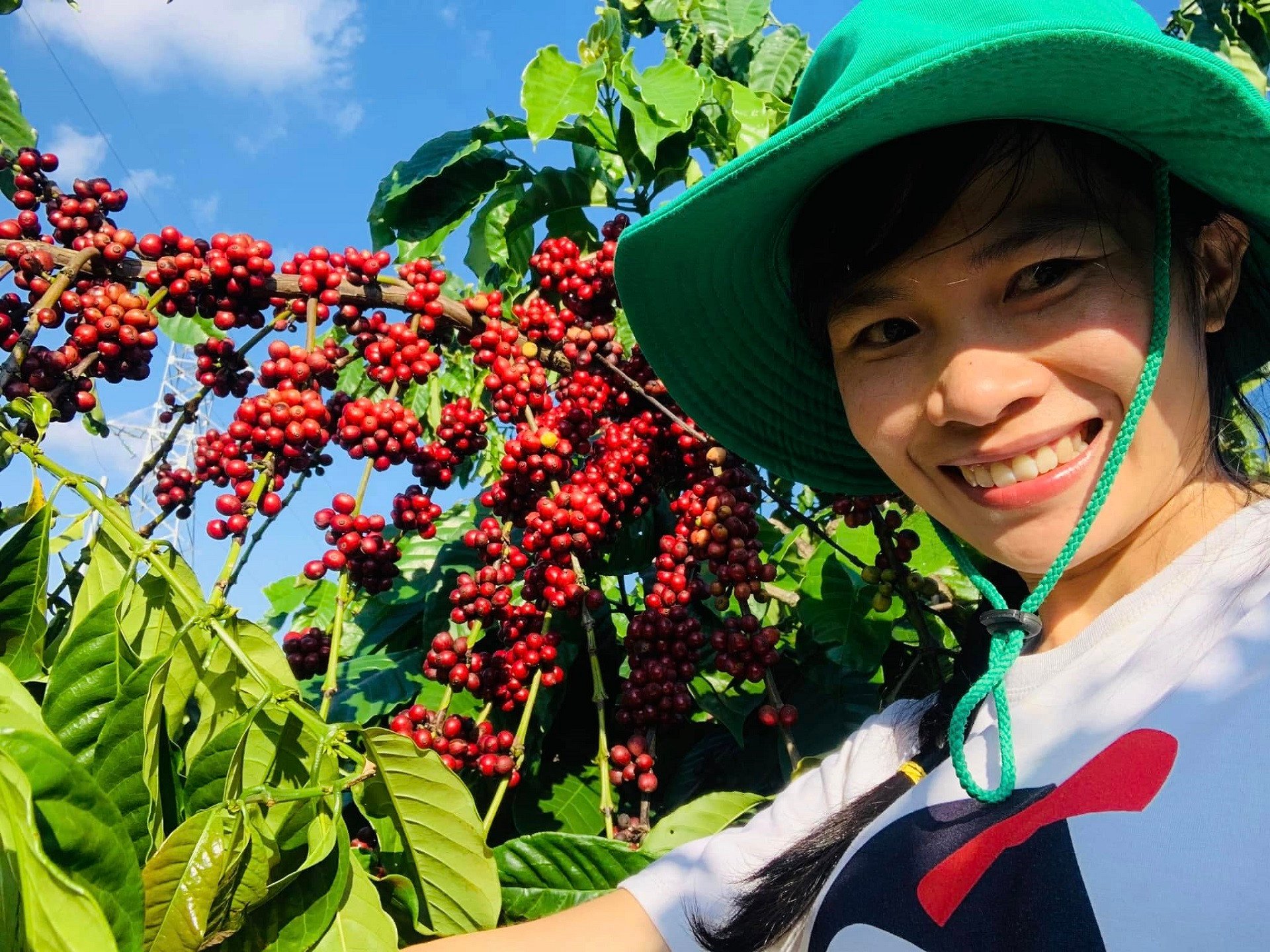
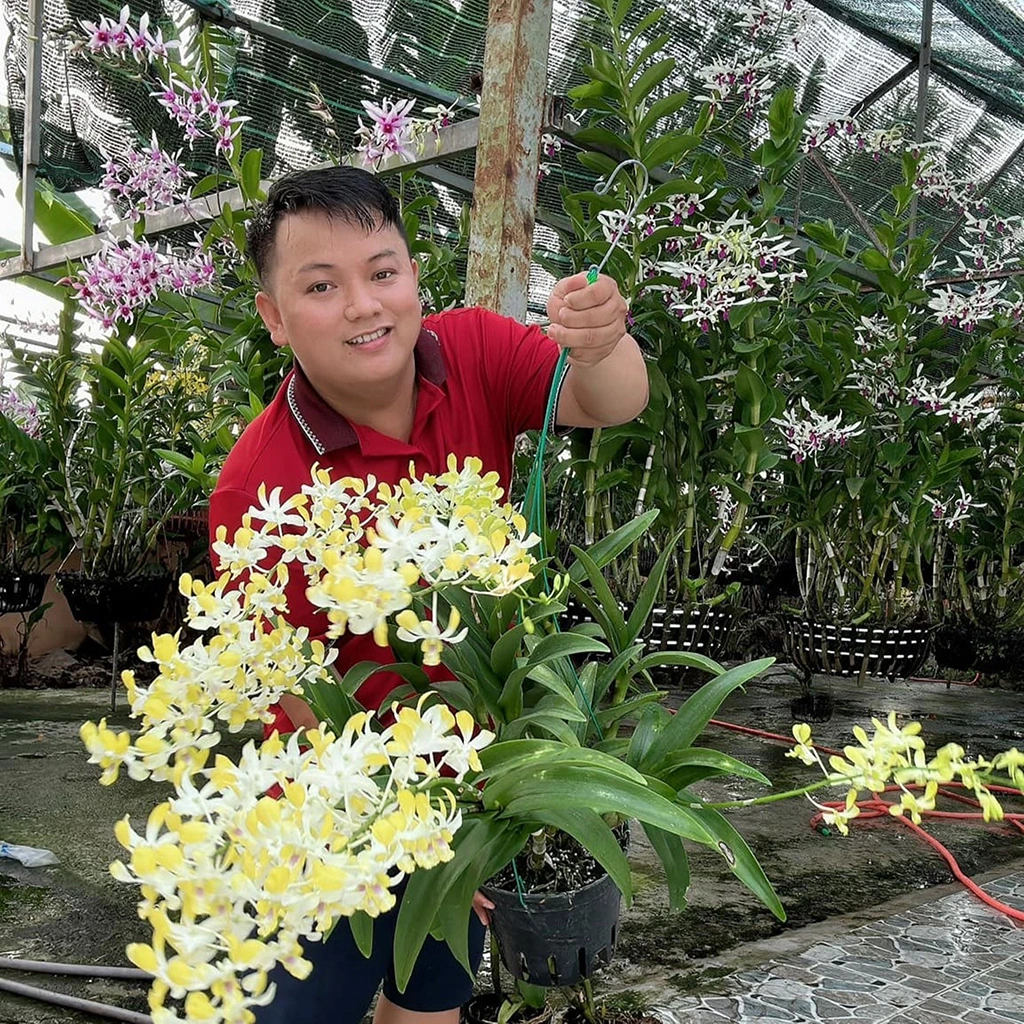








Comment (0)